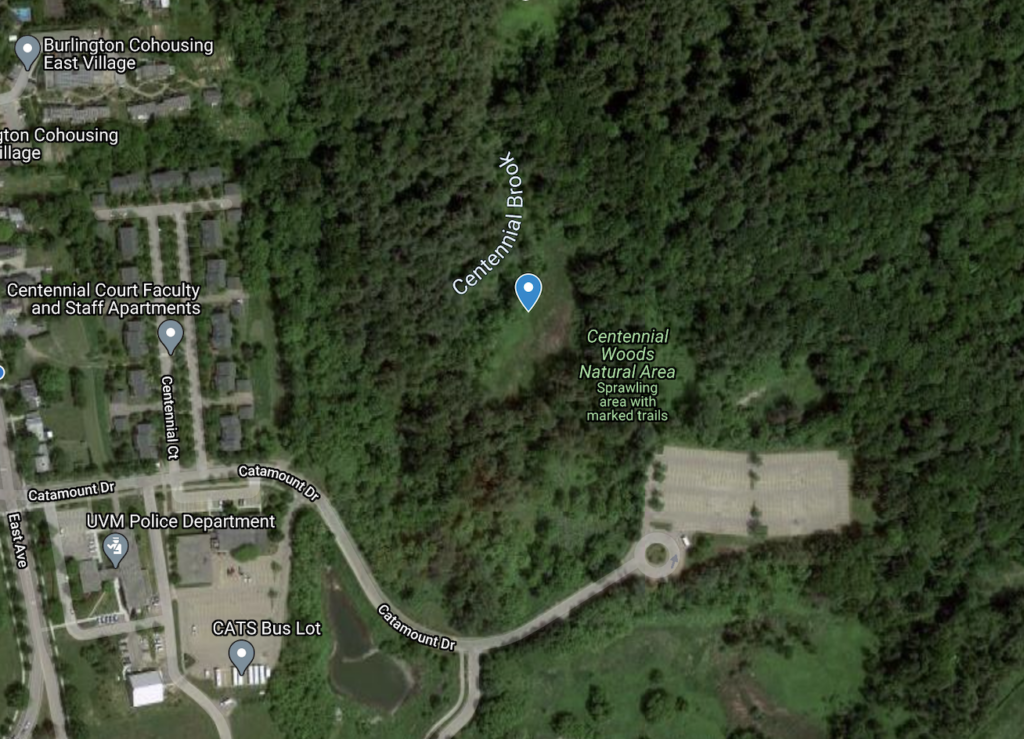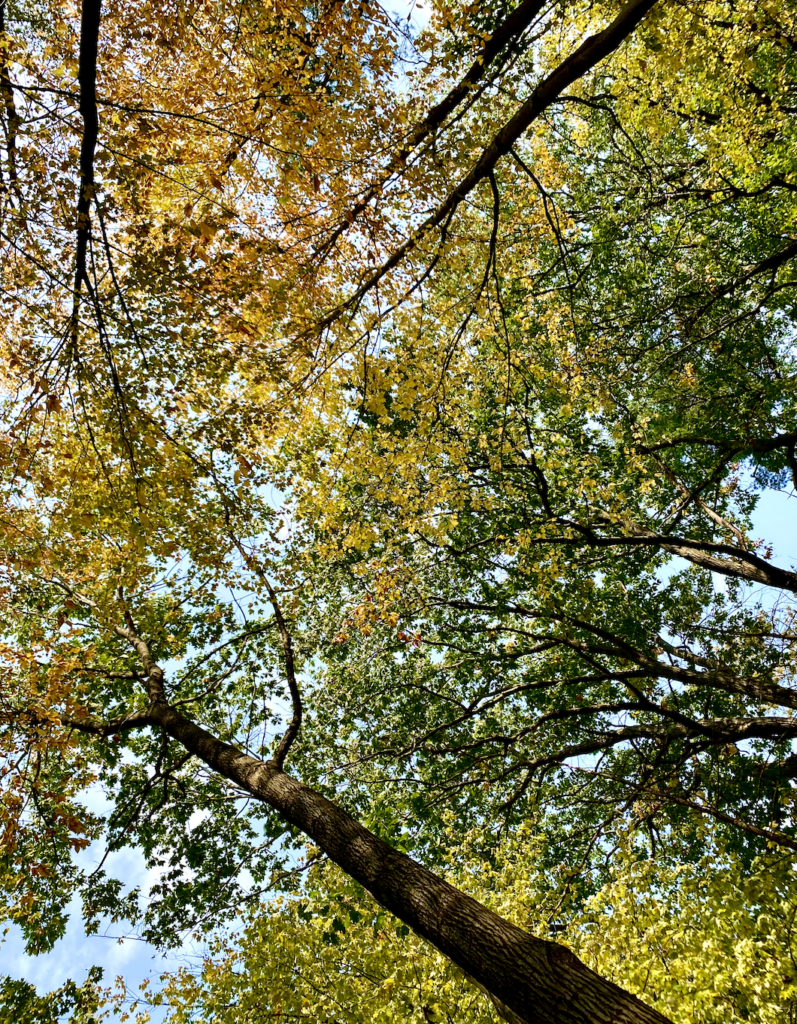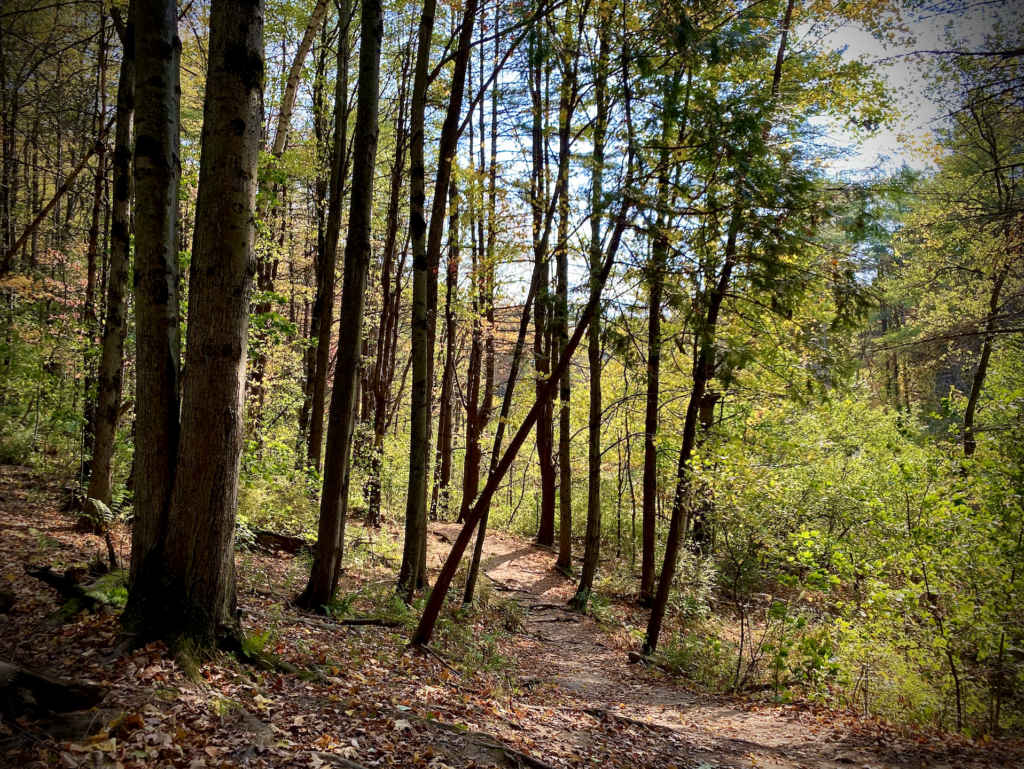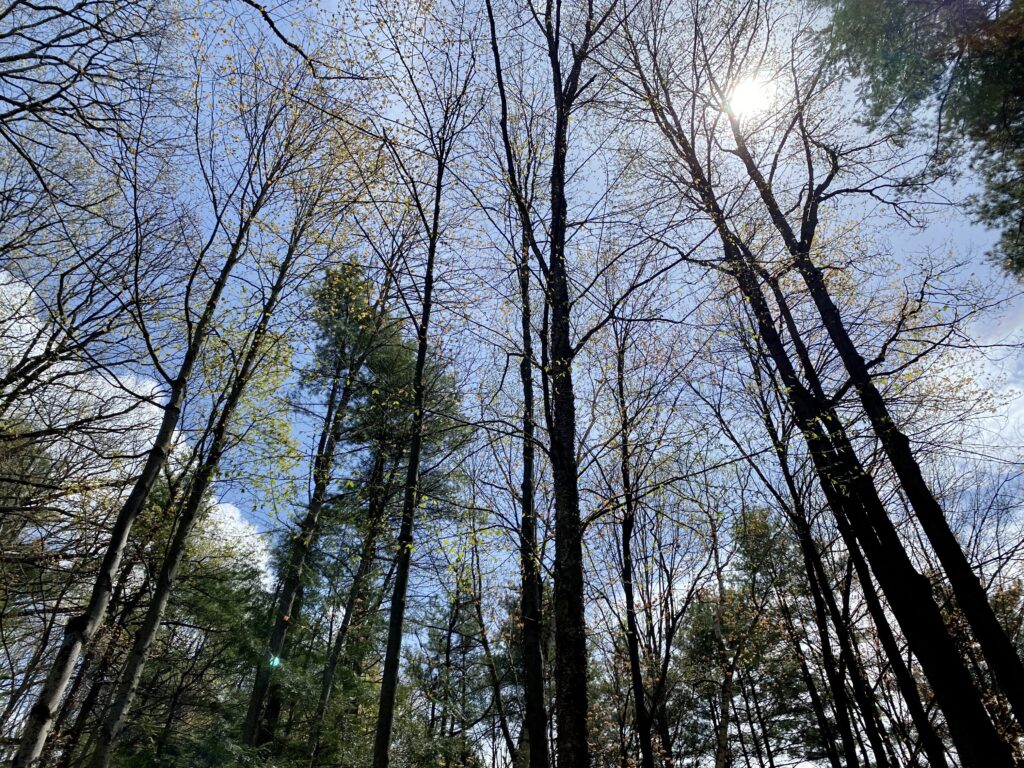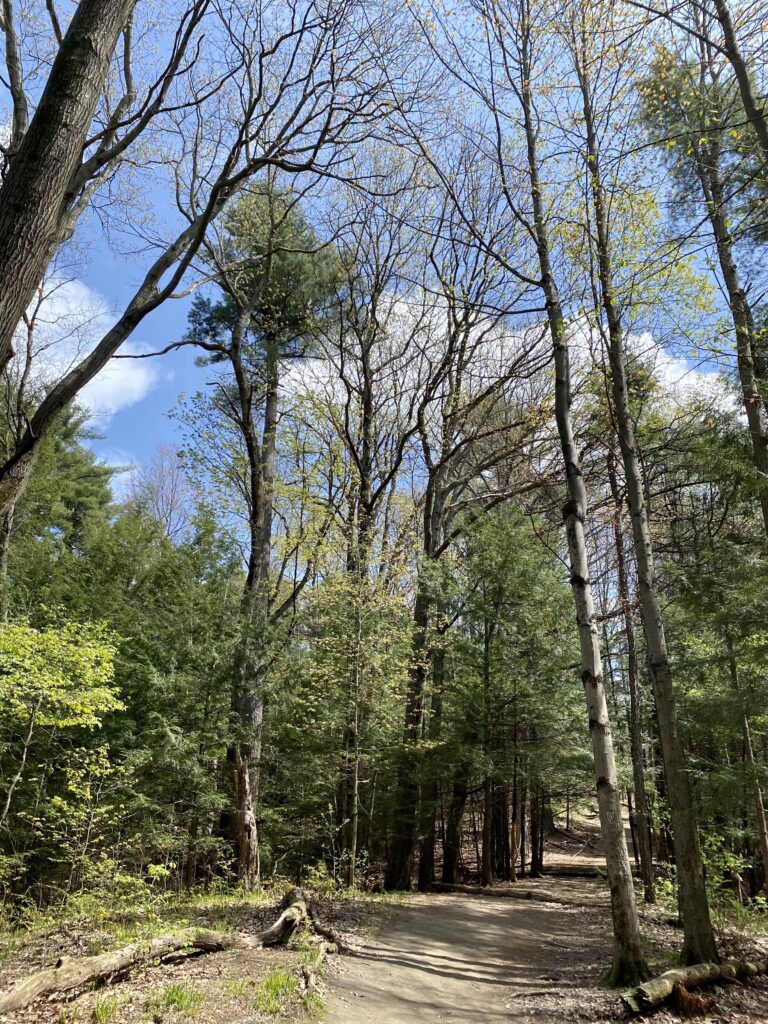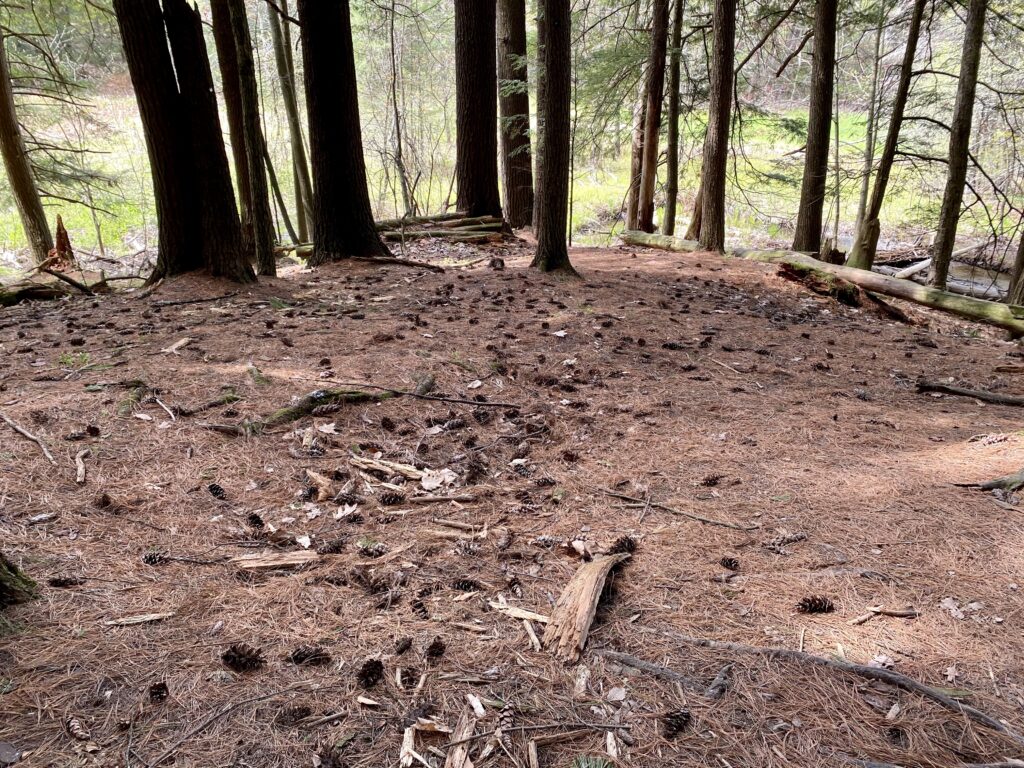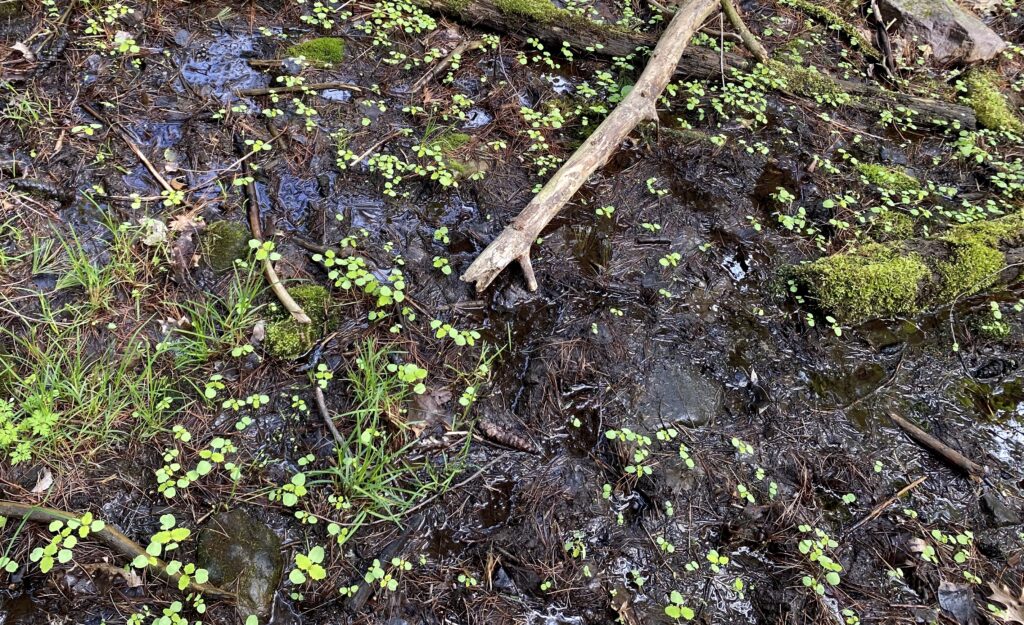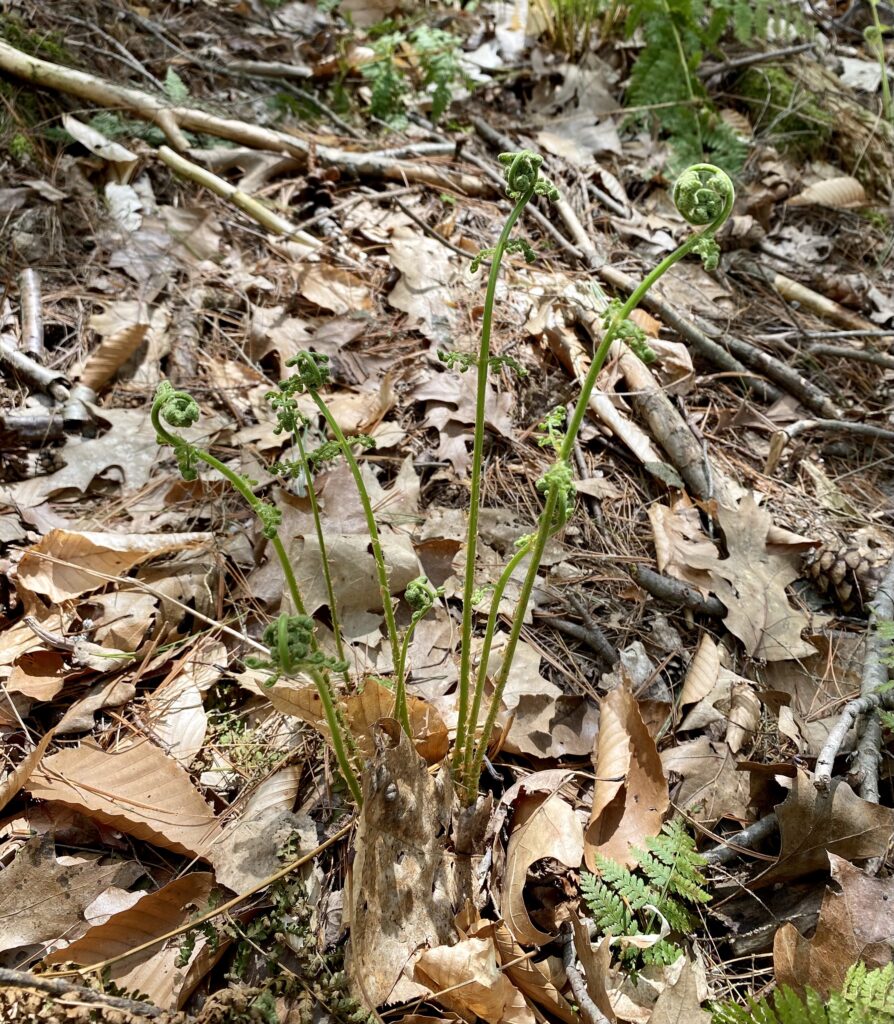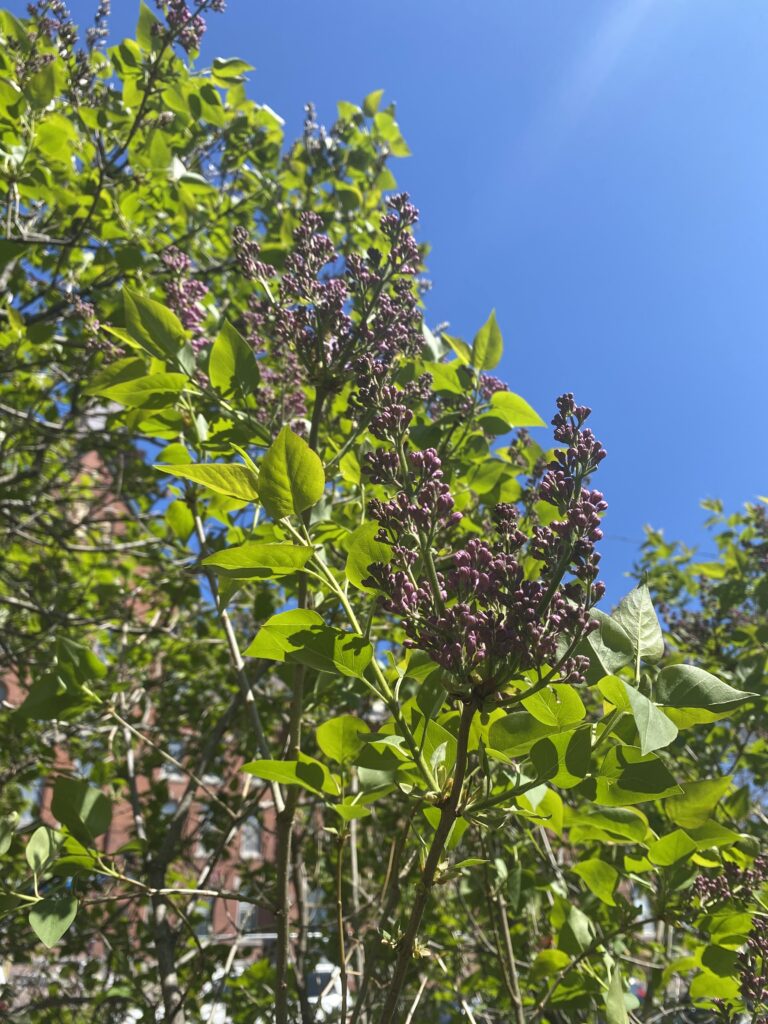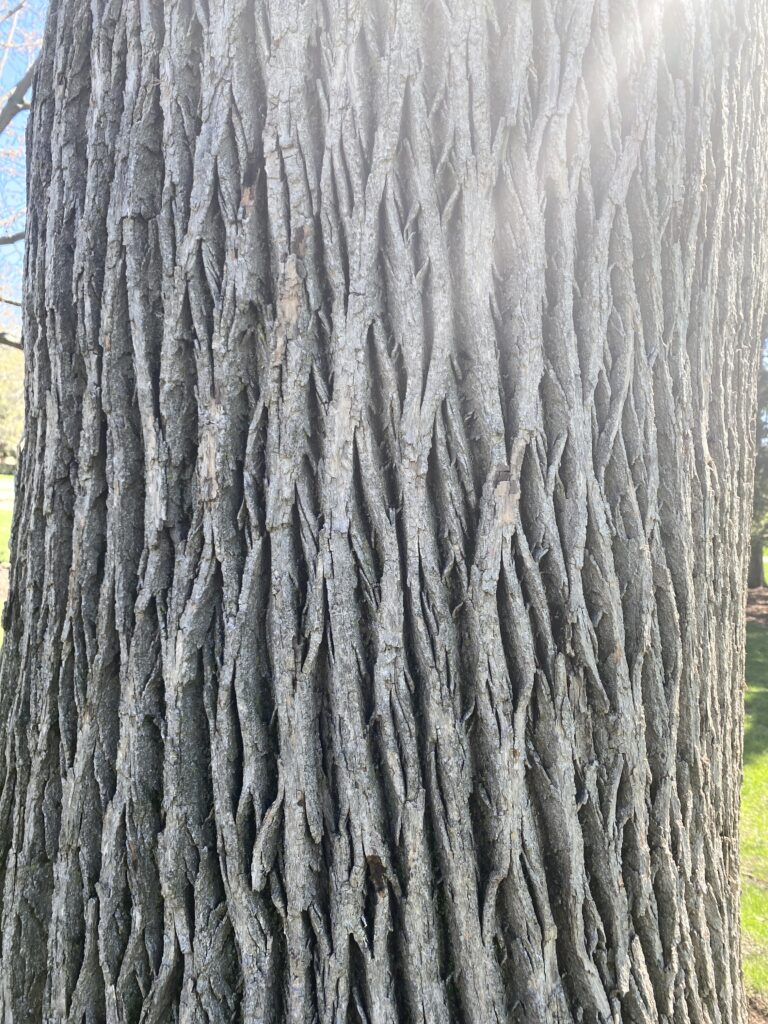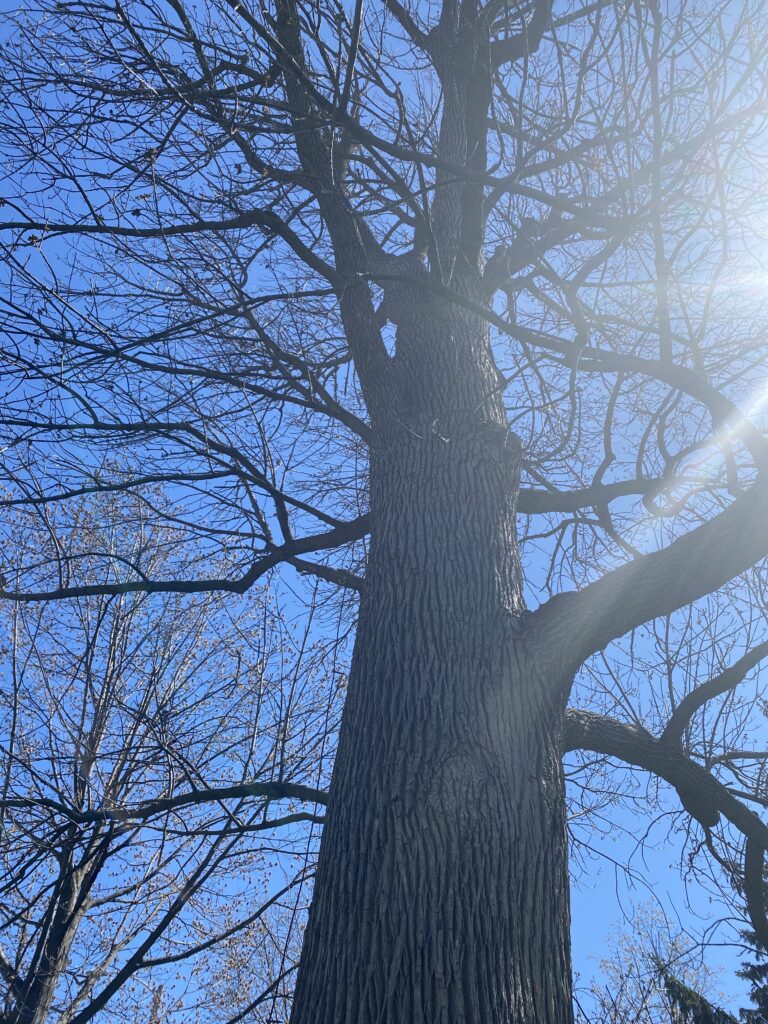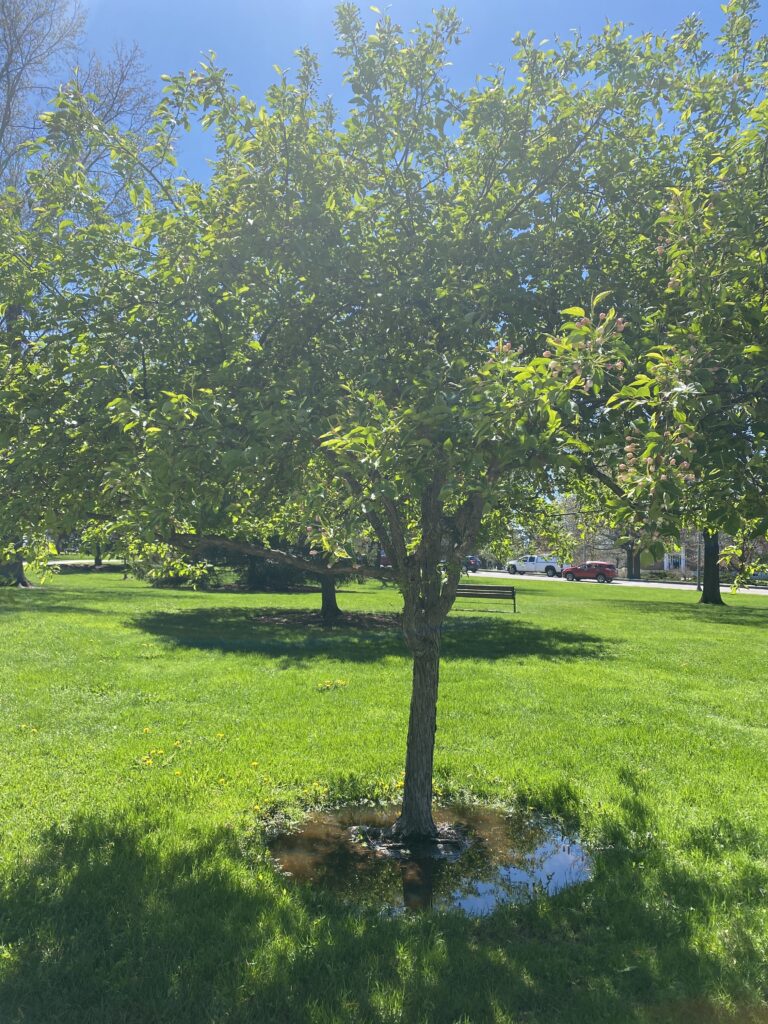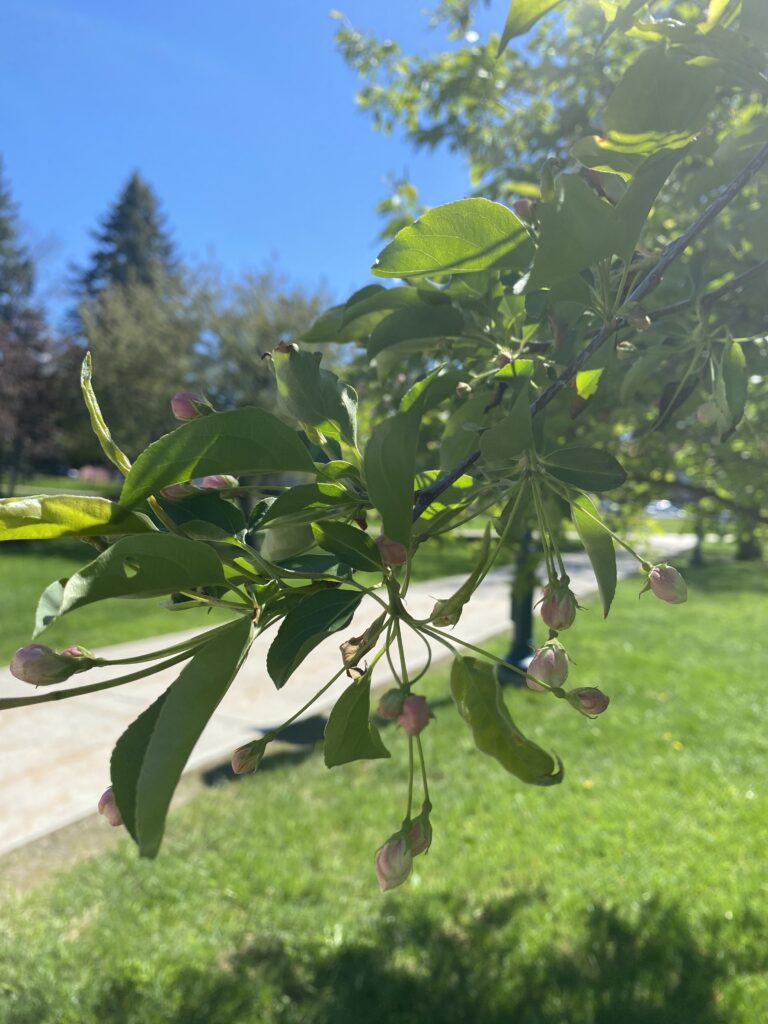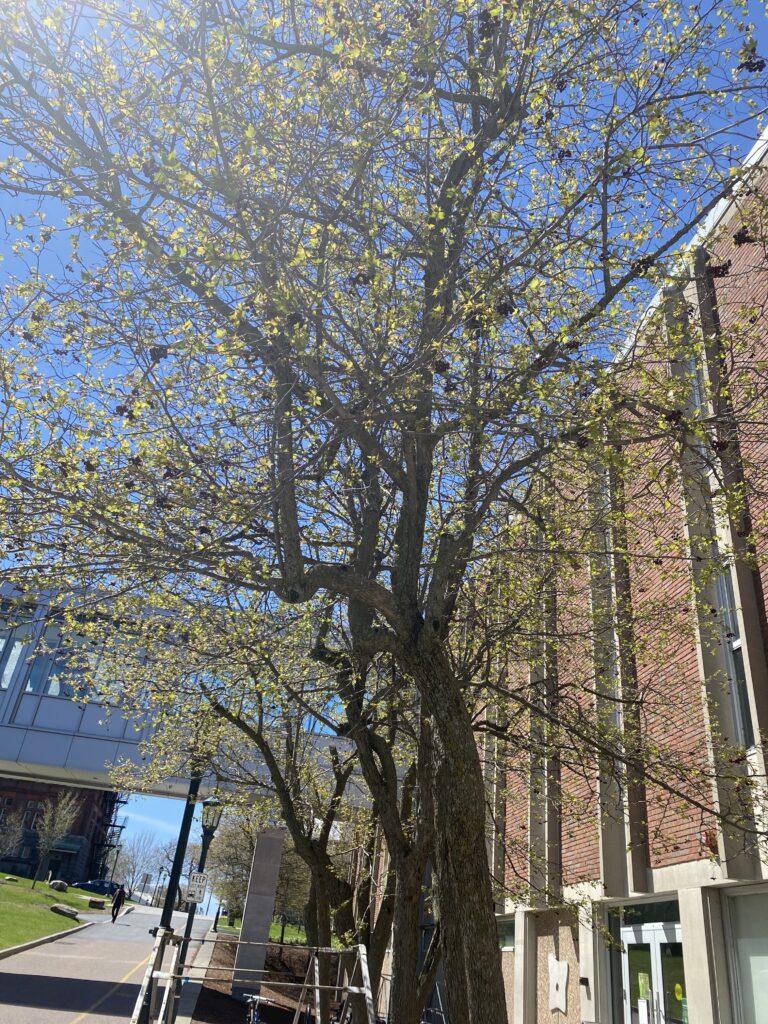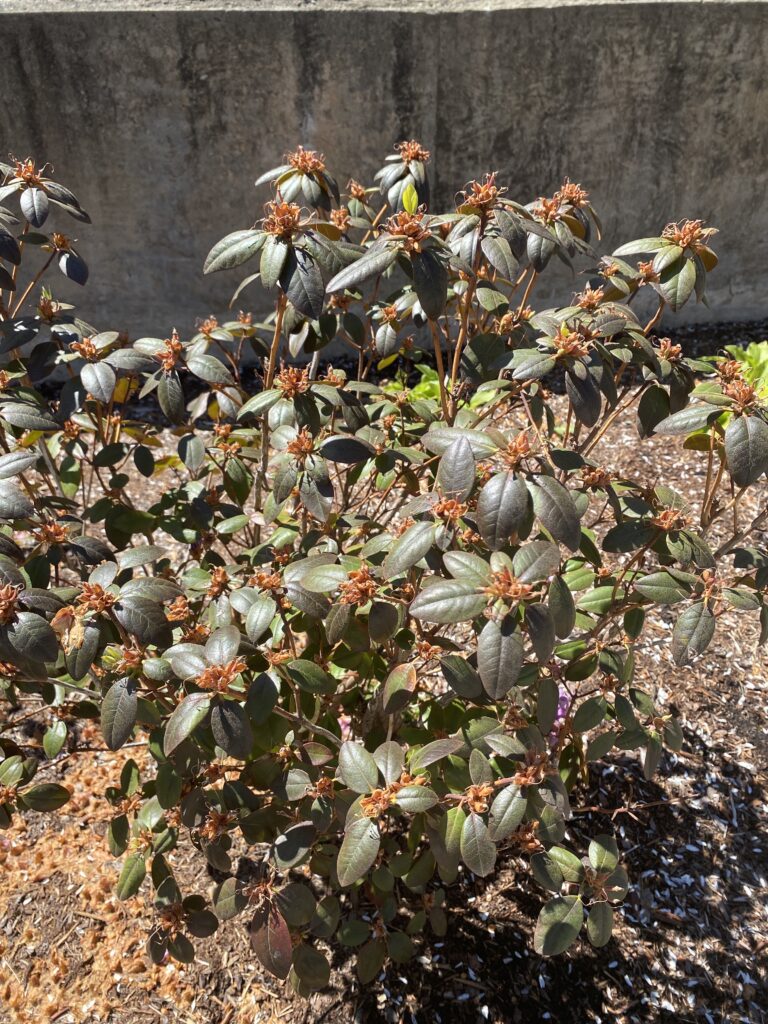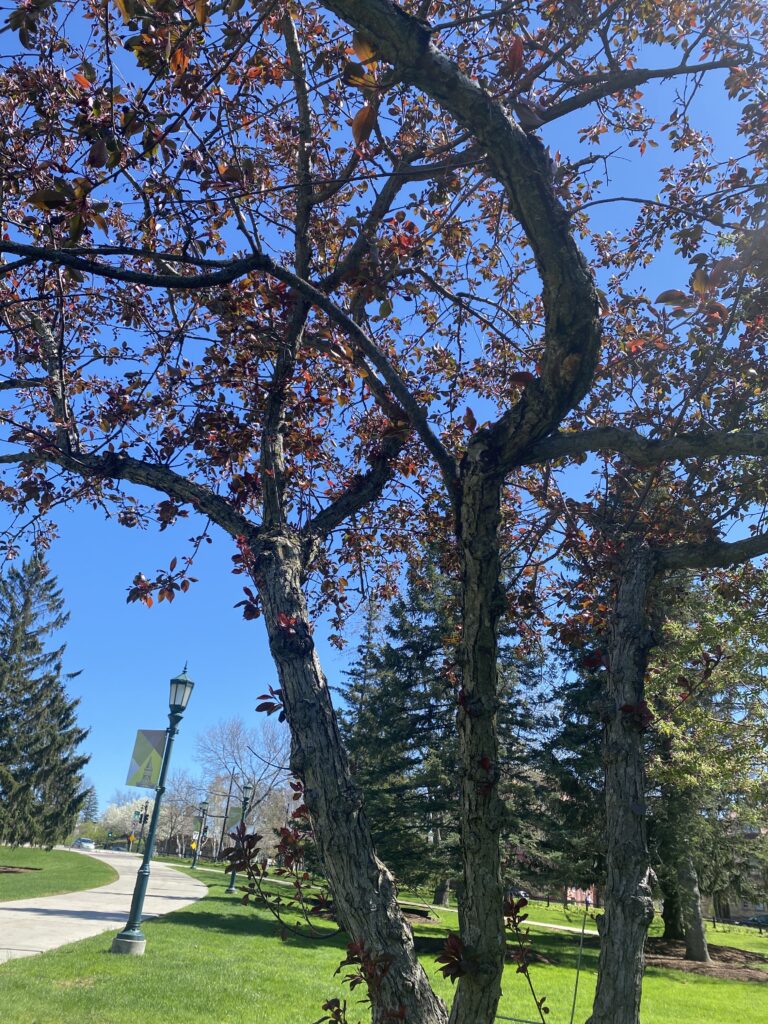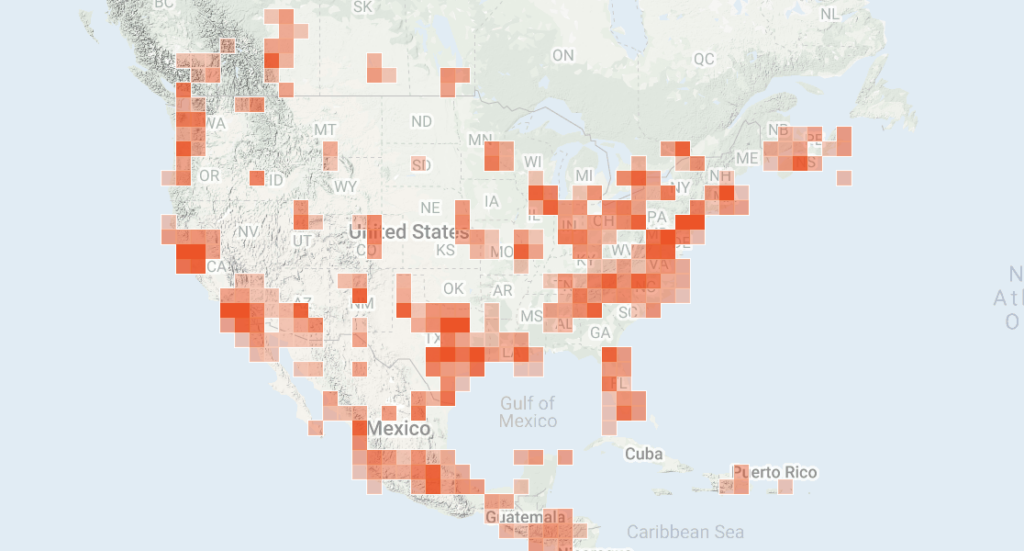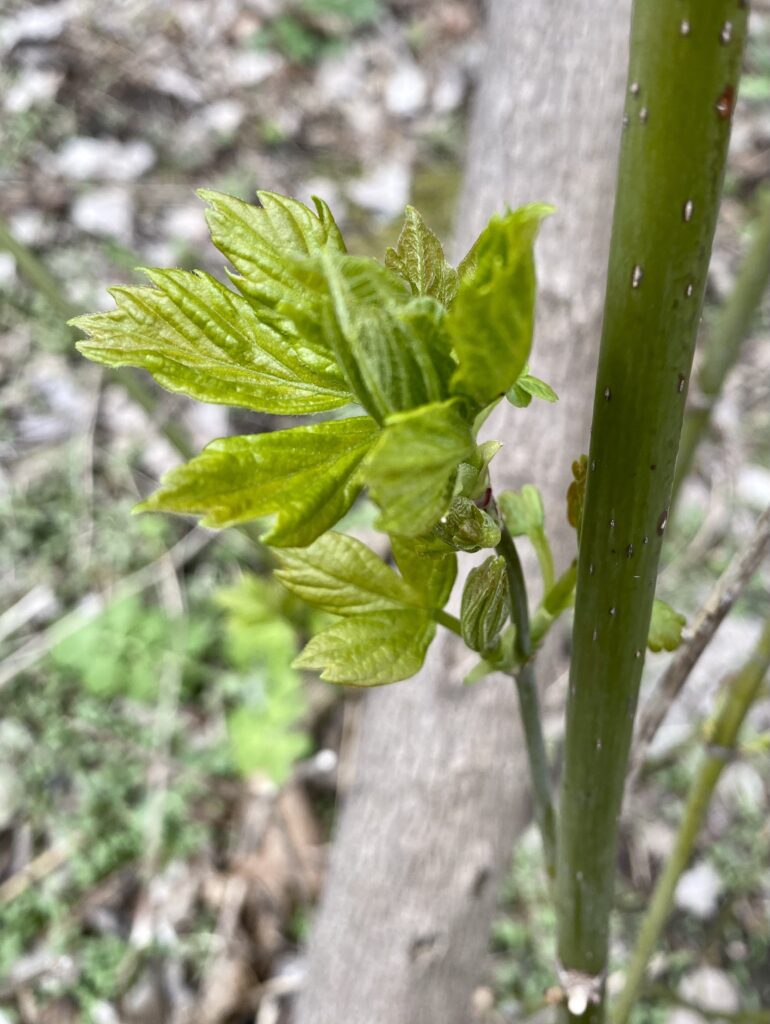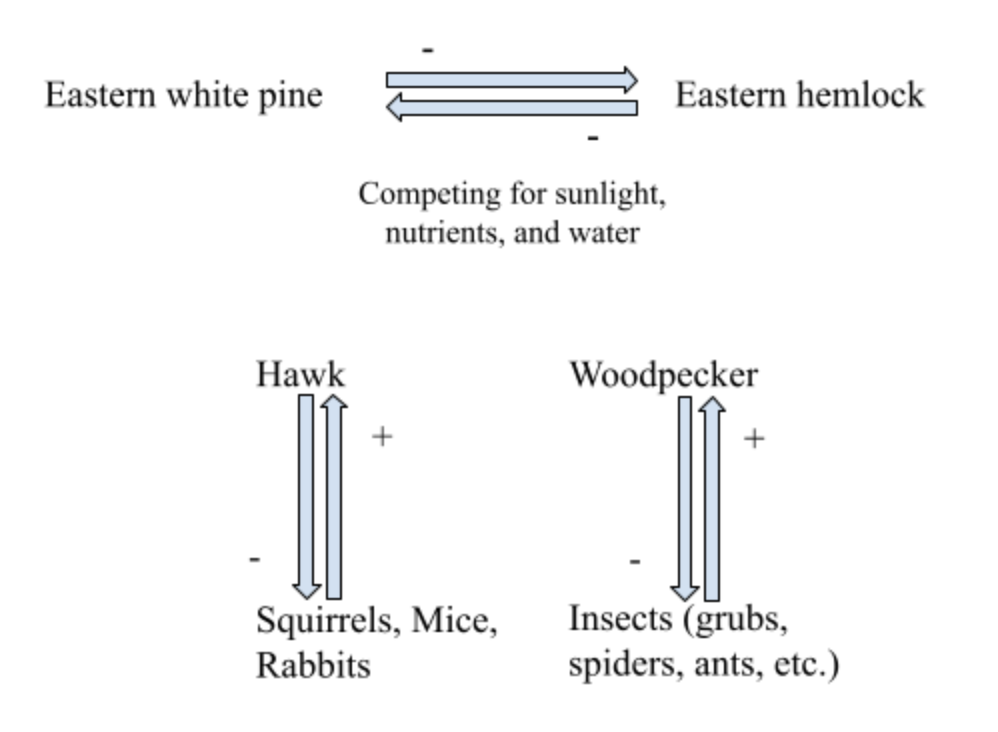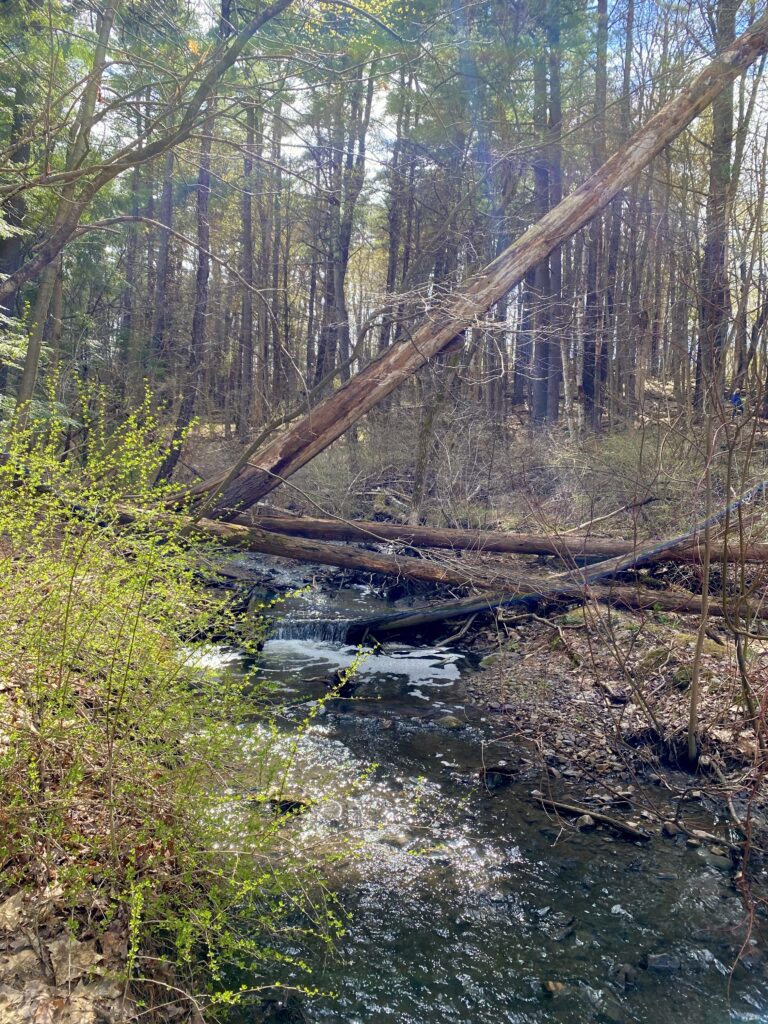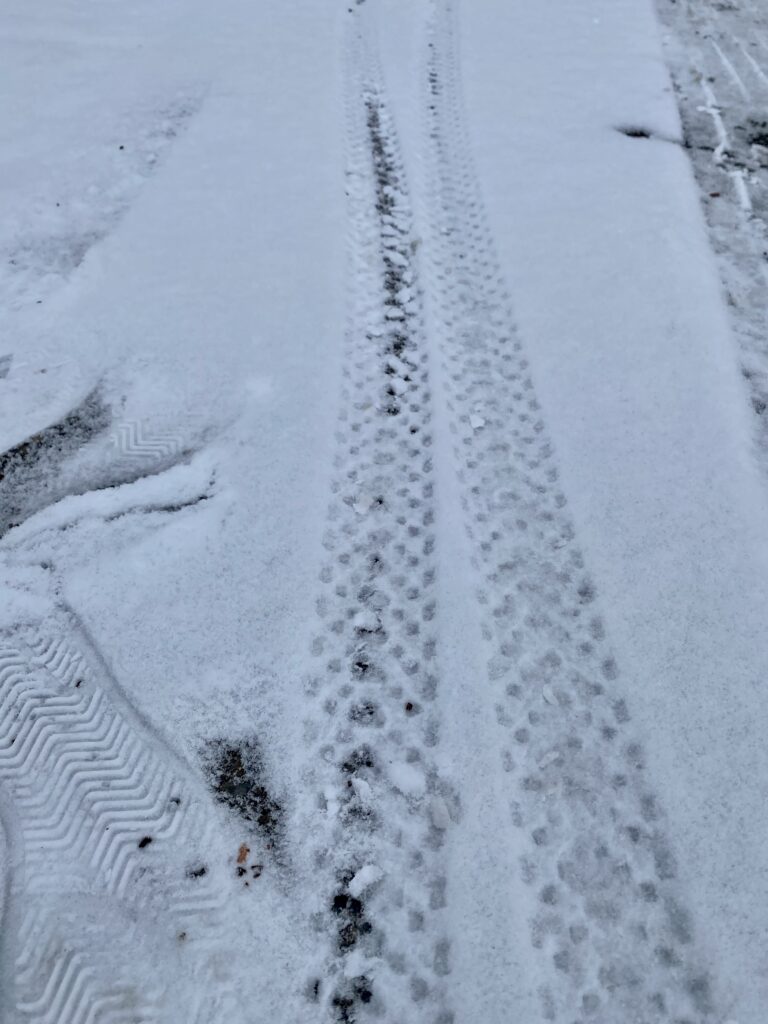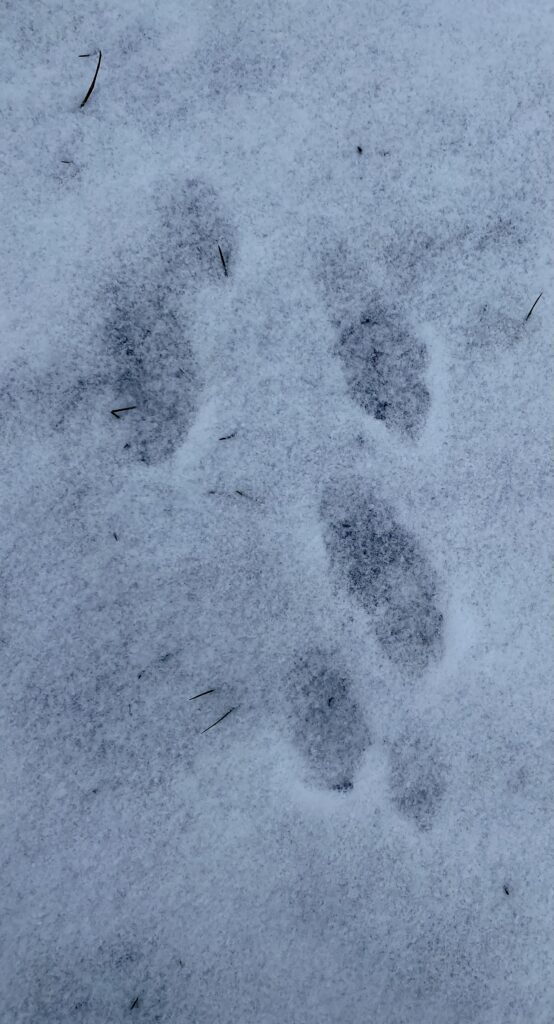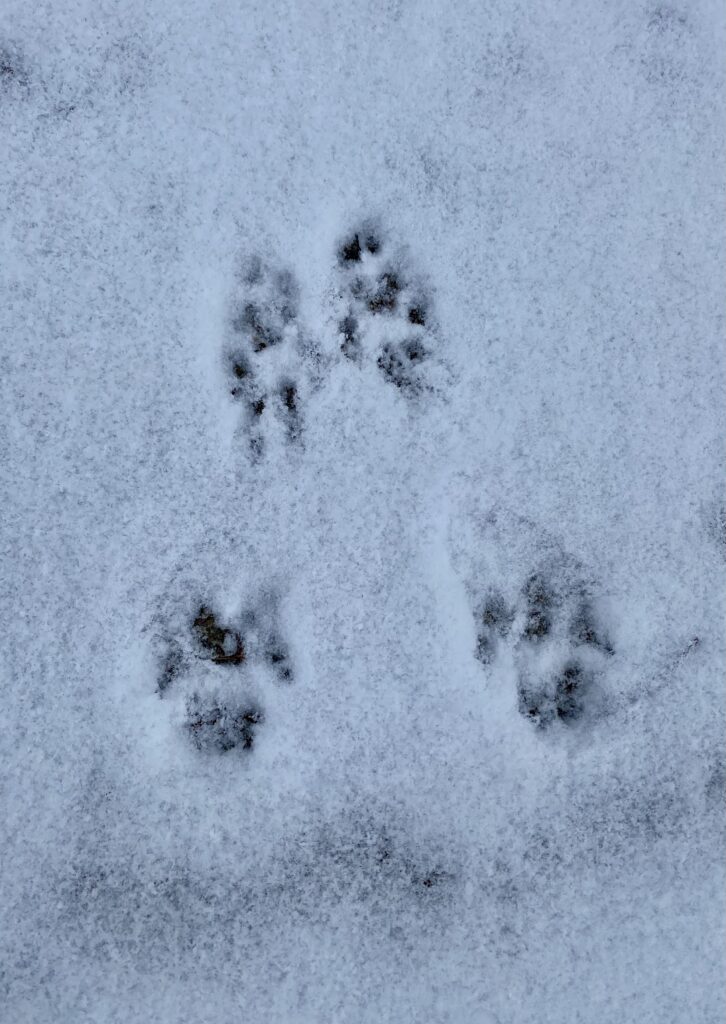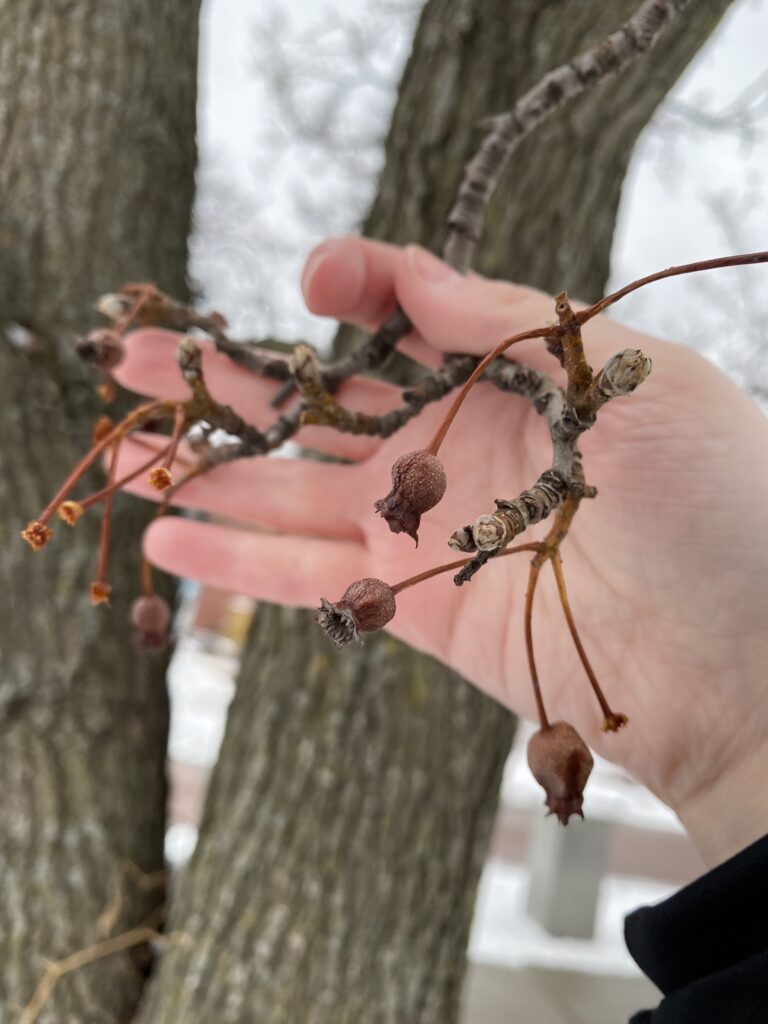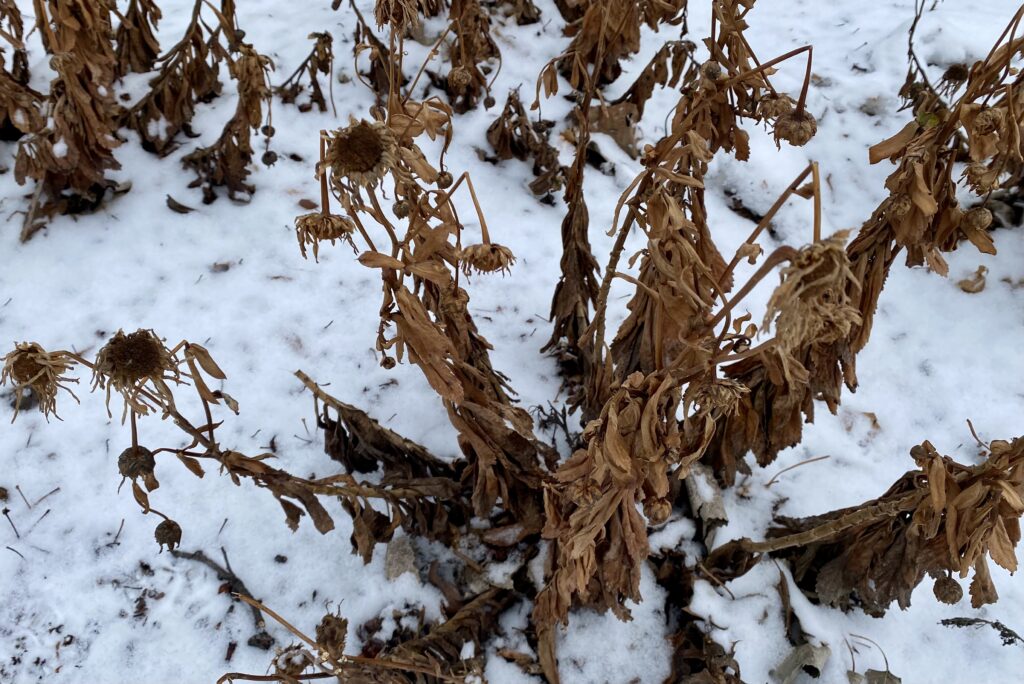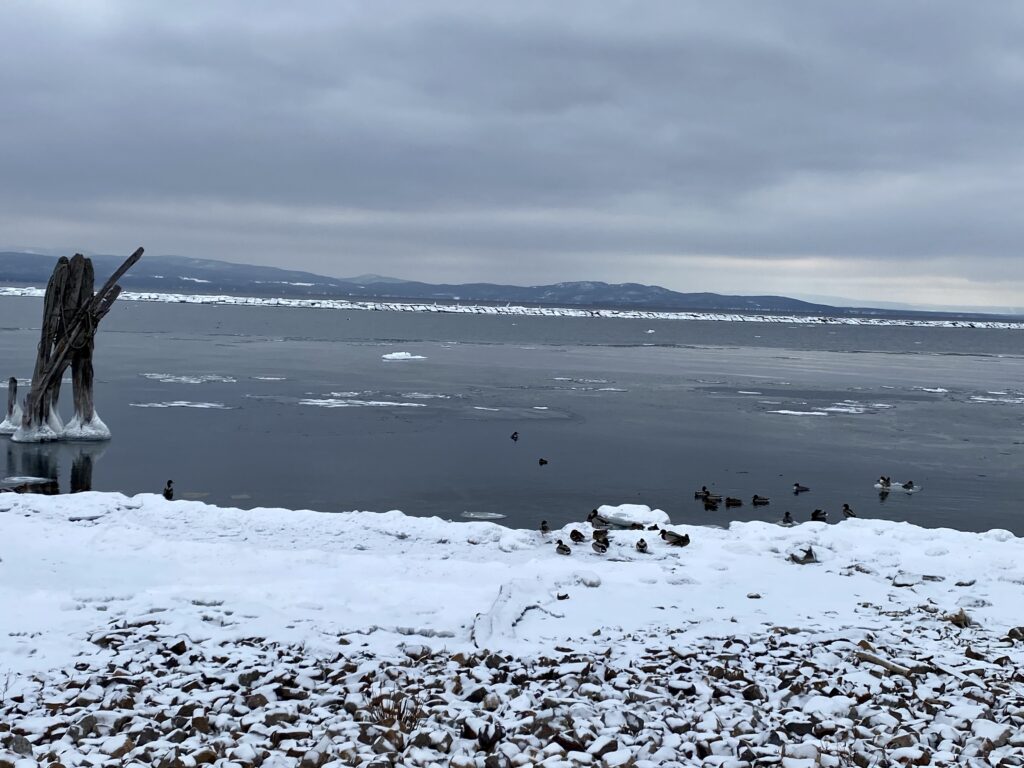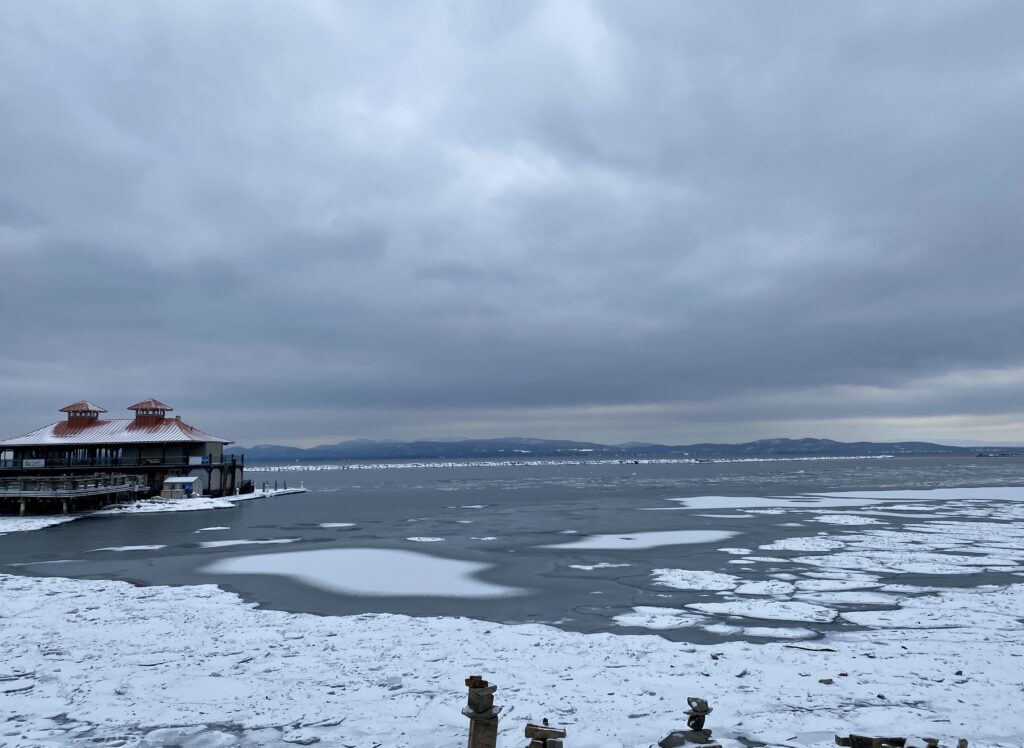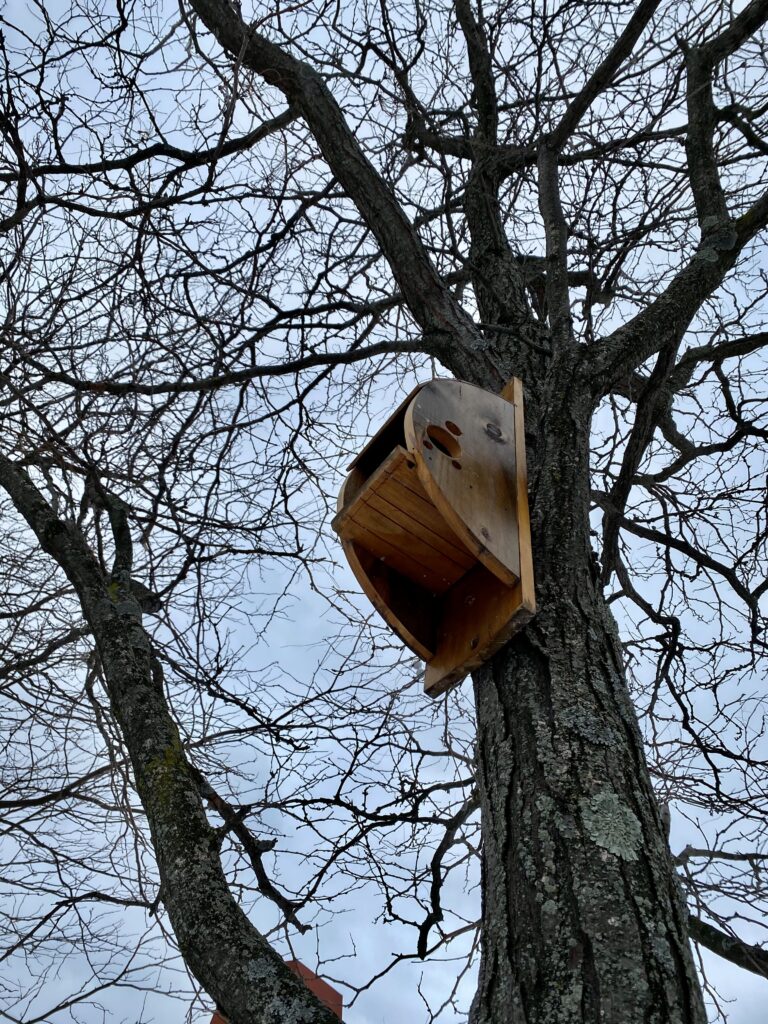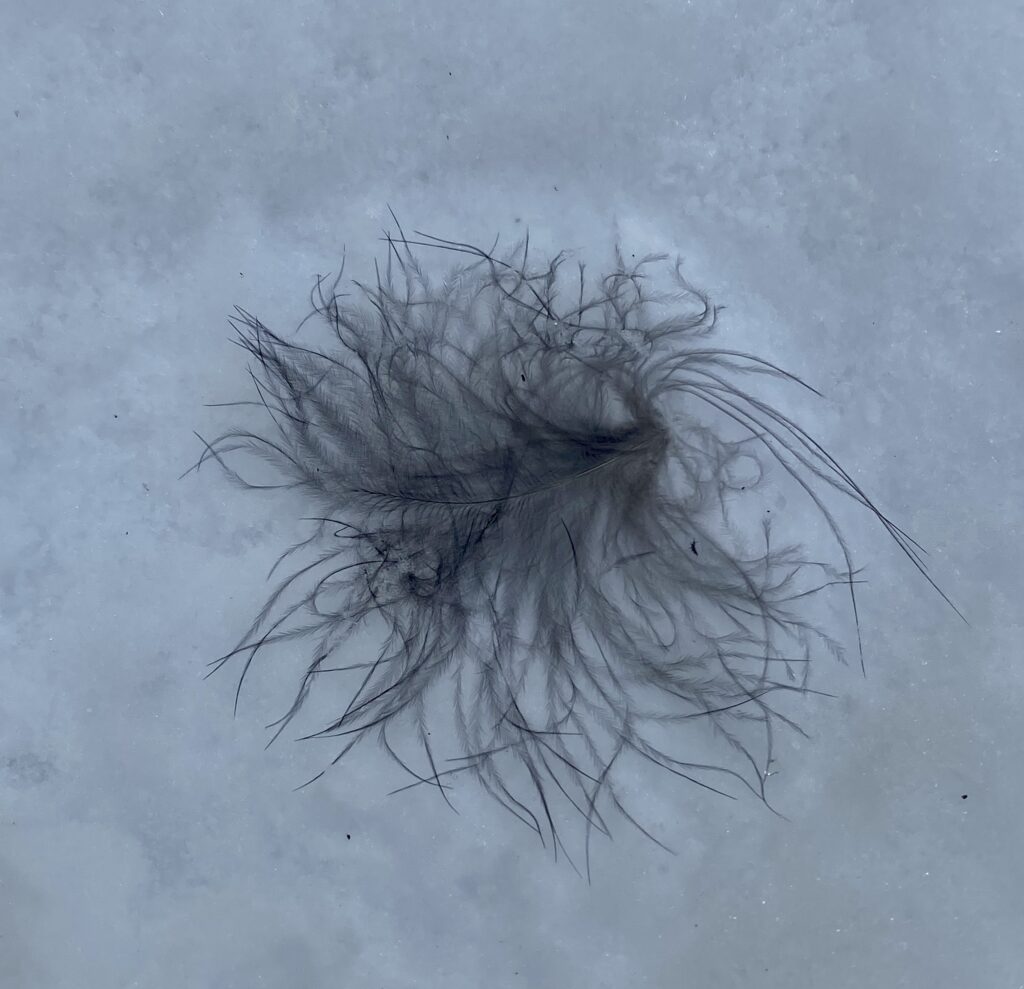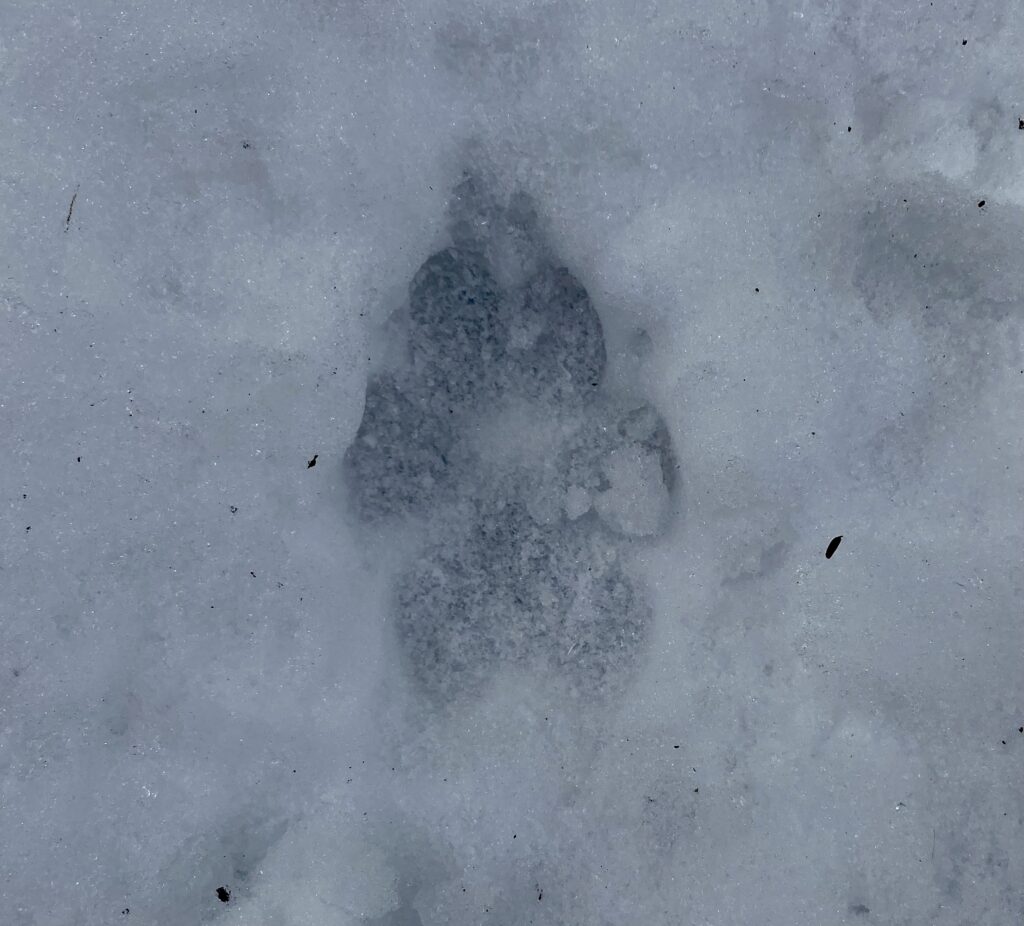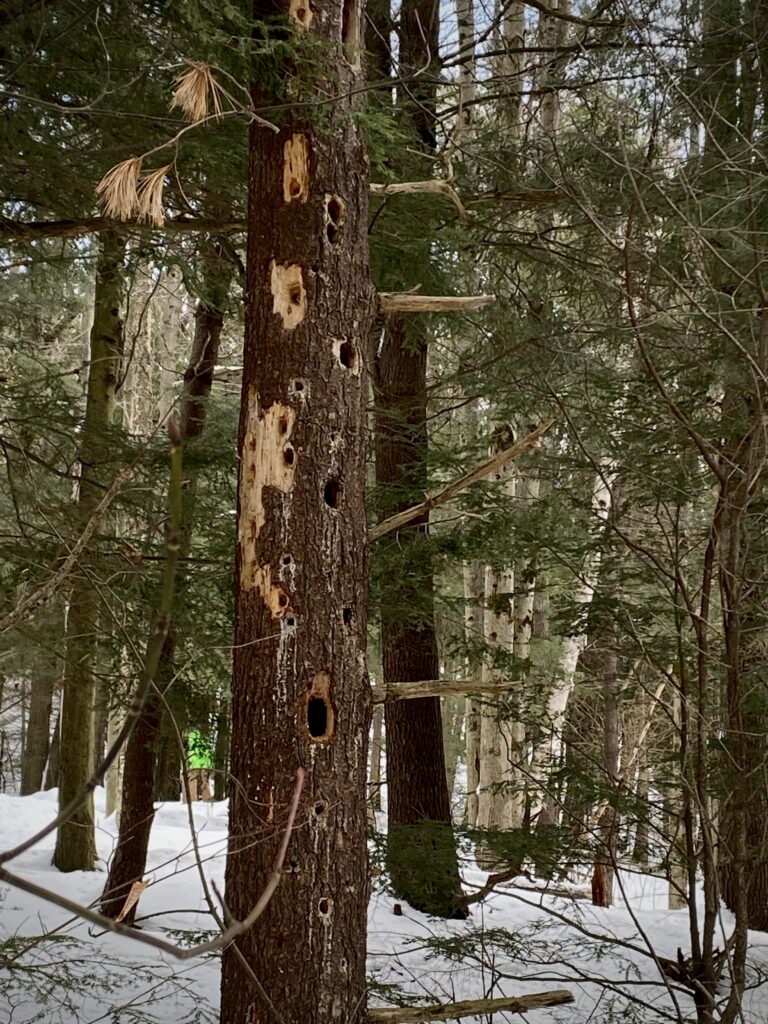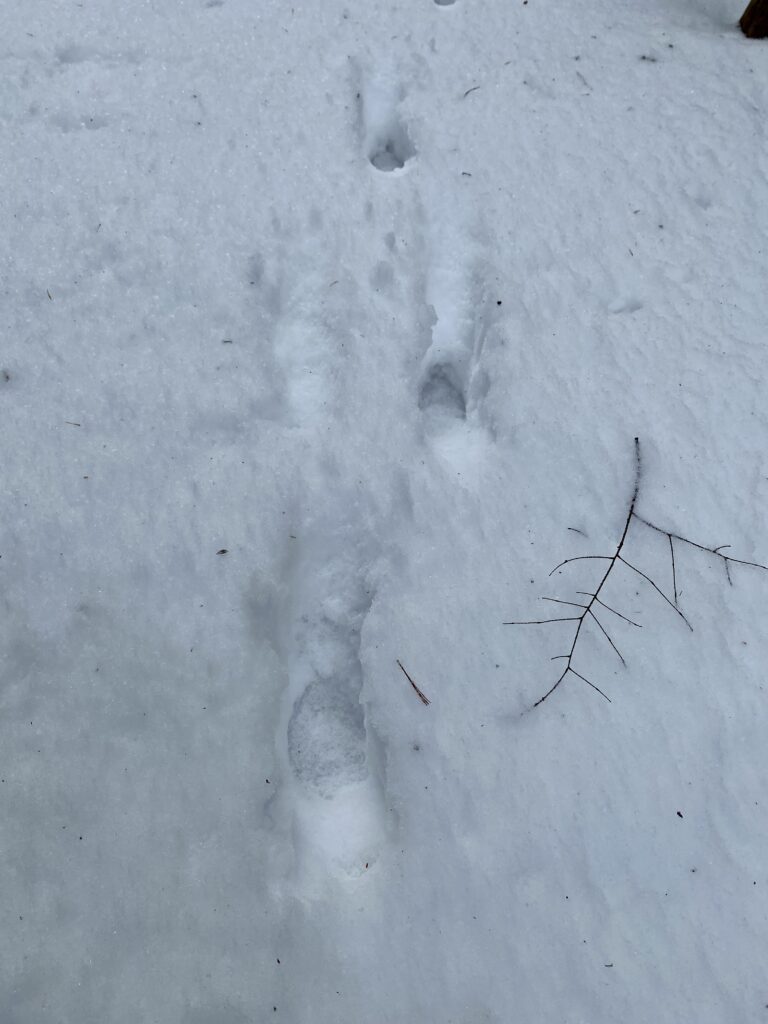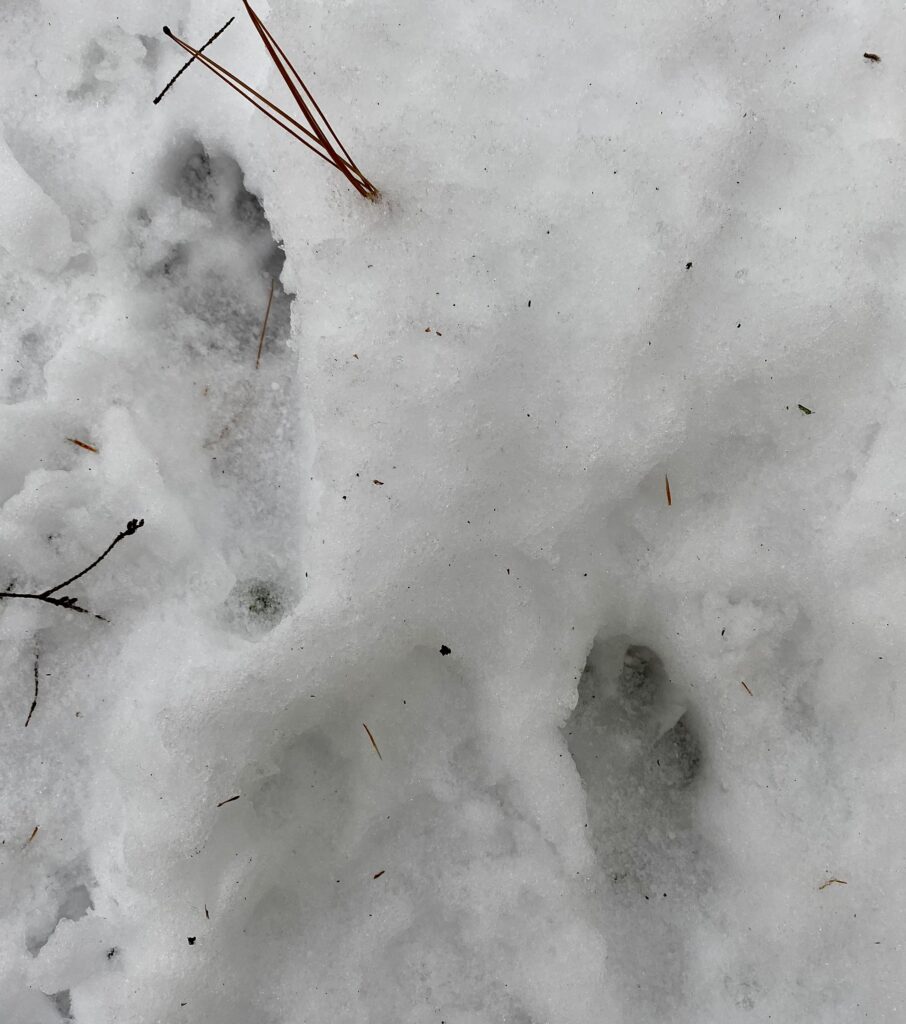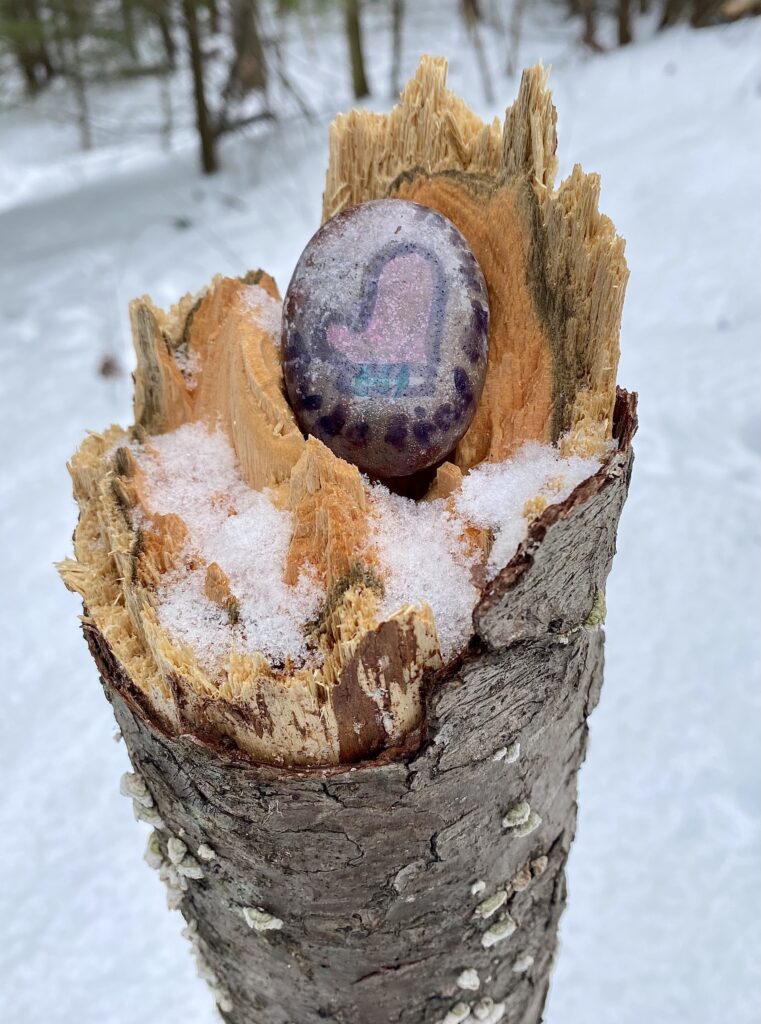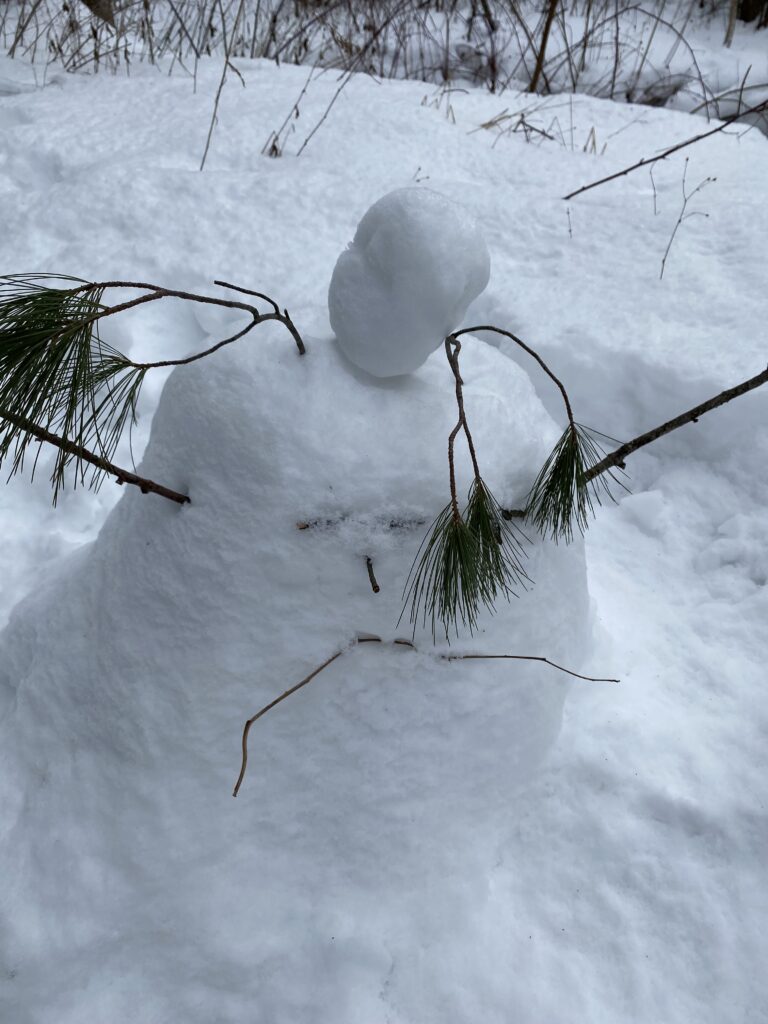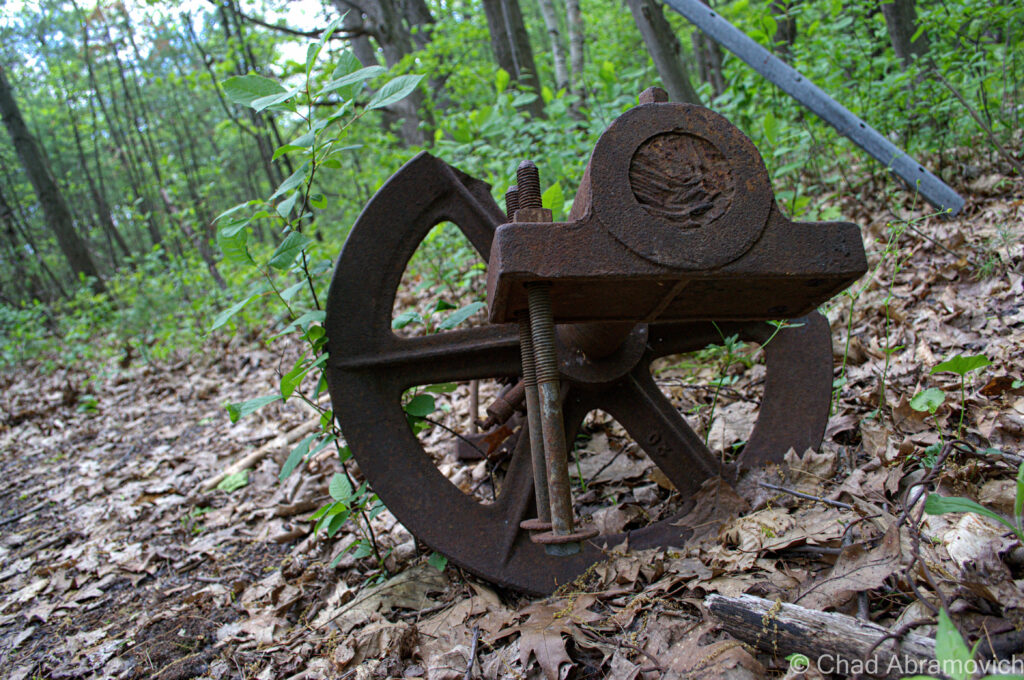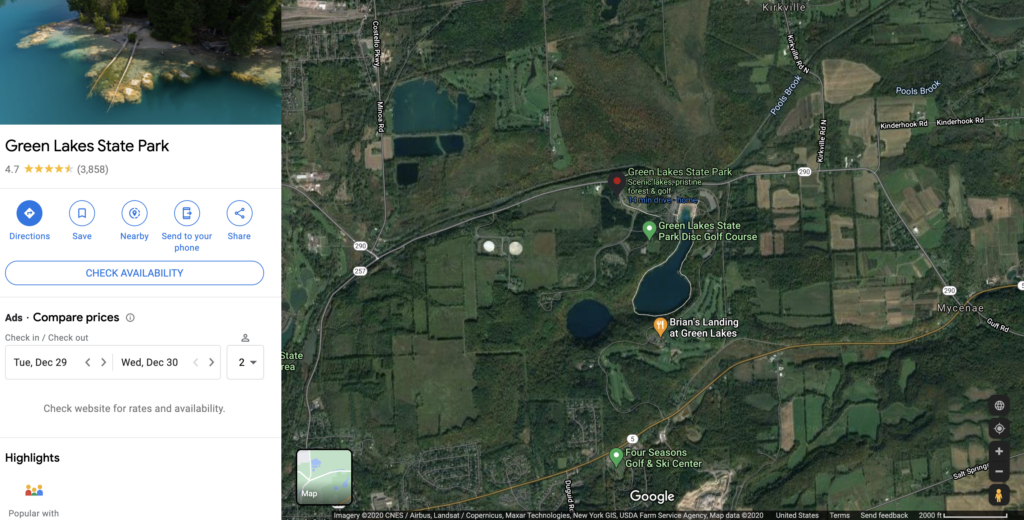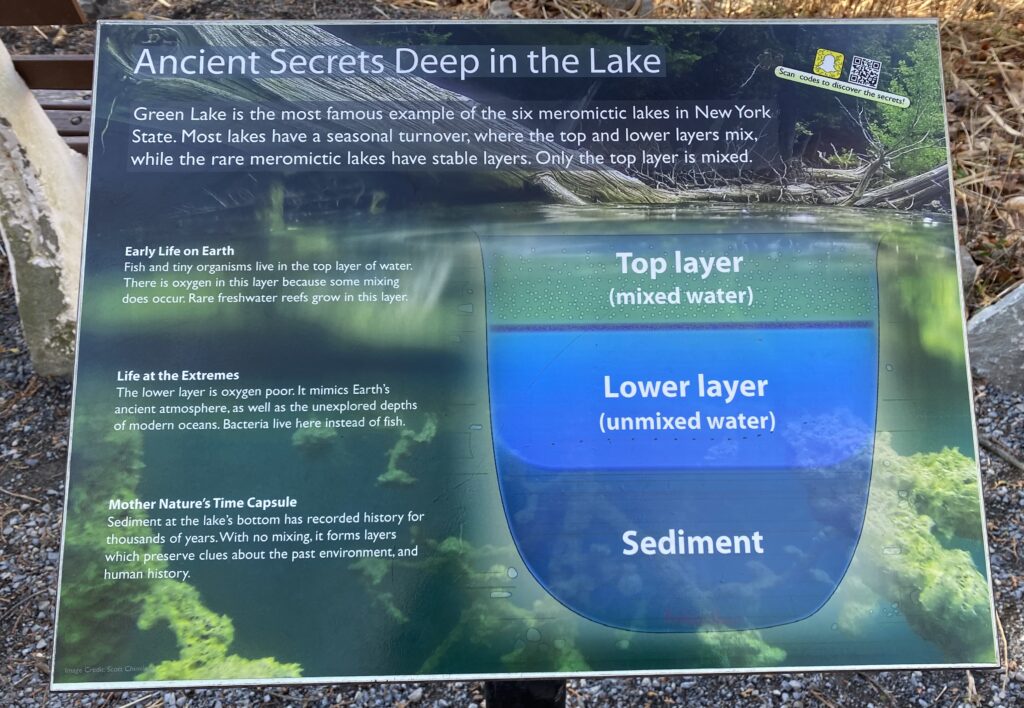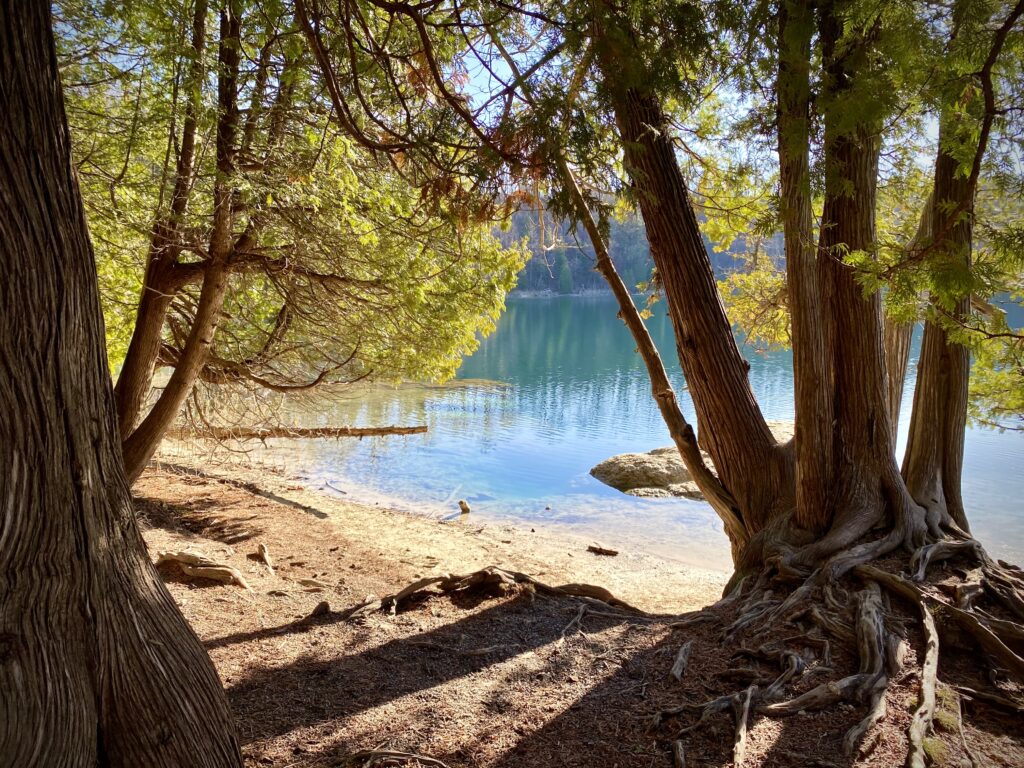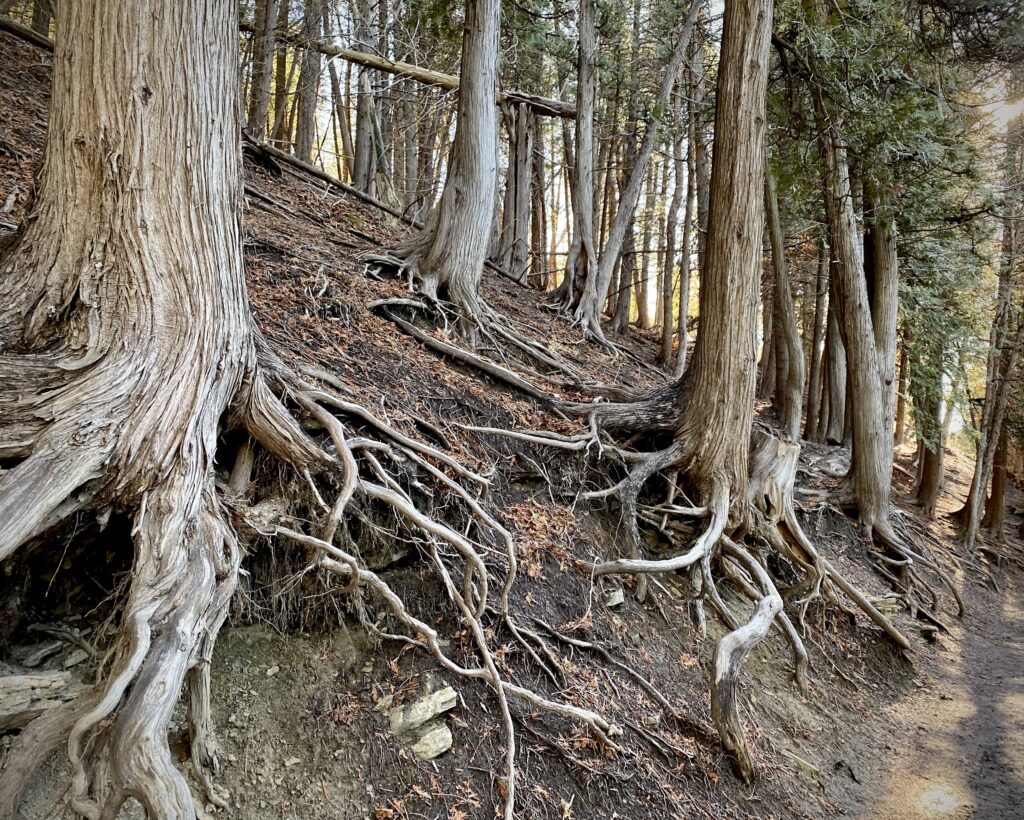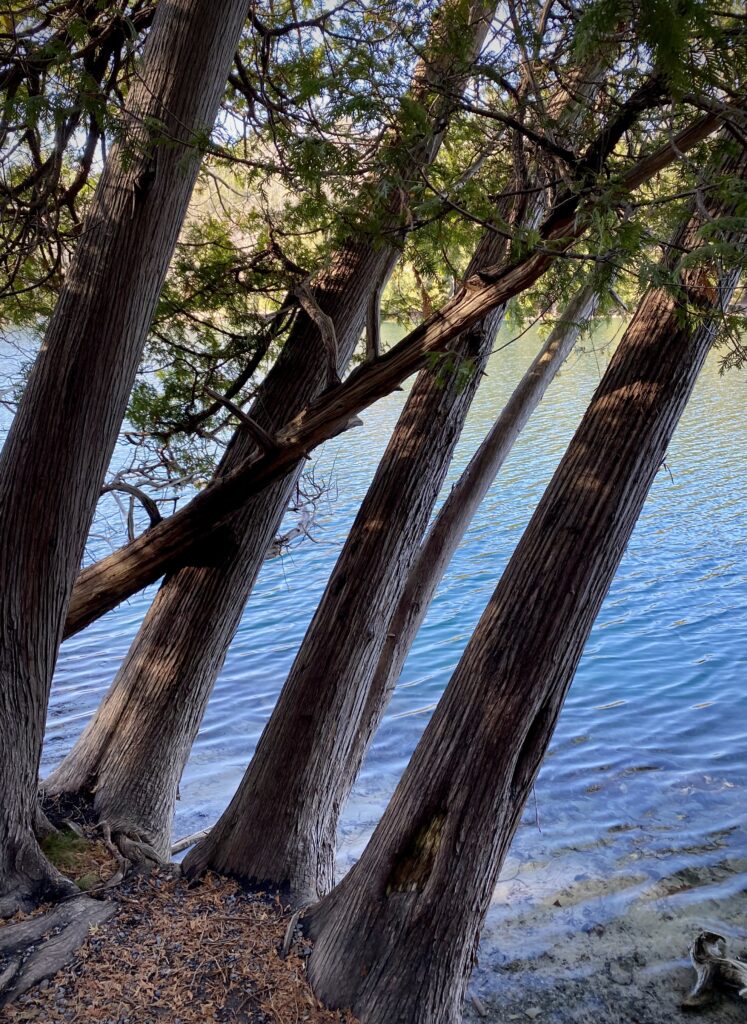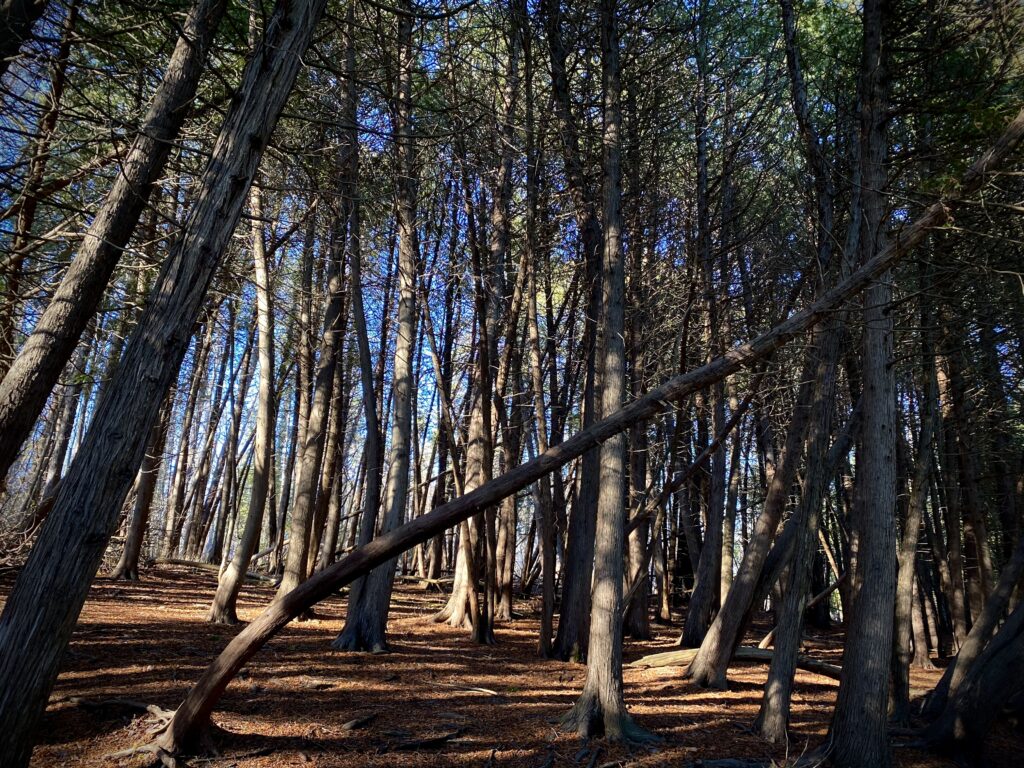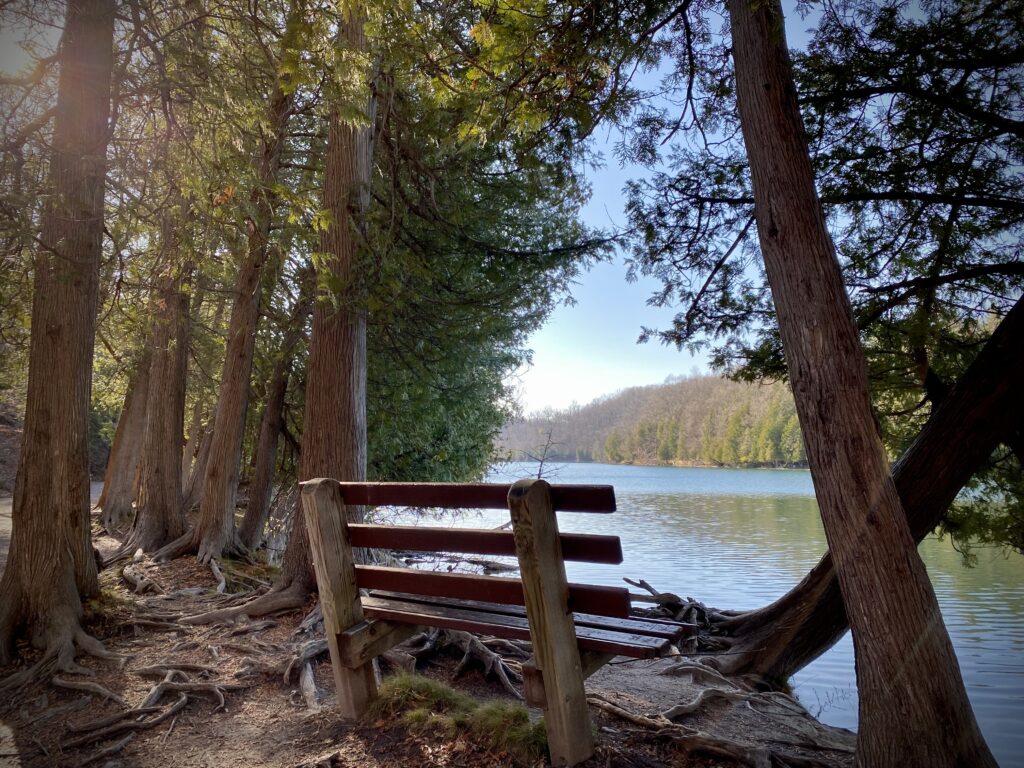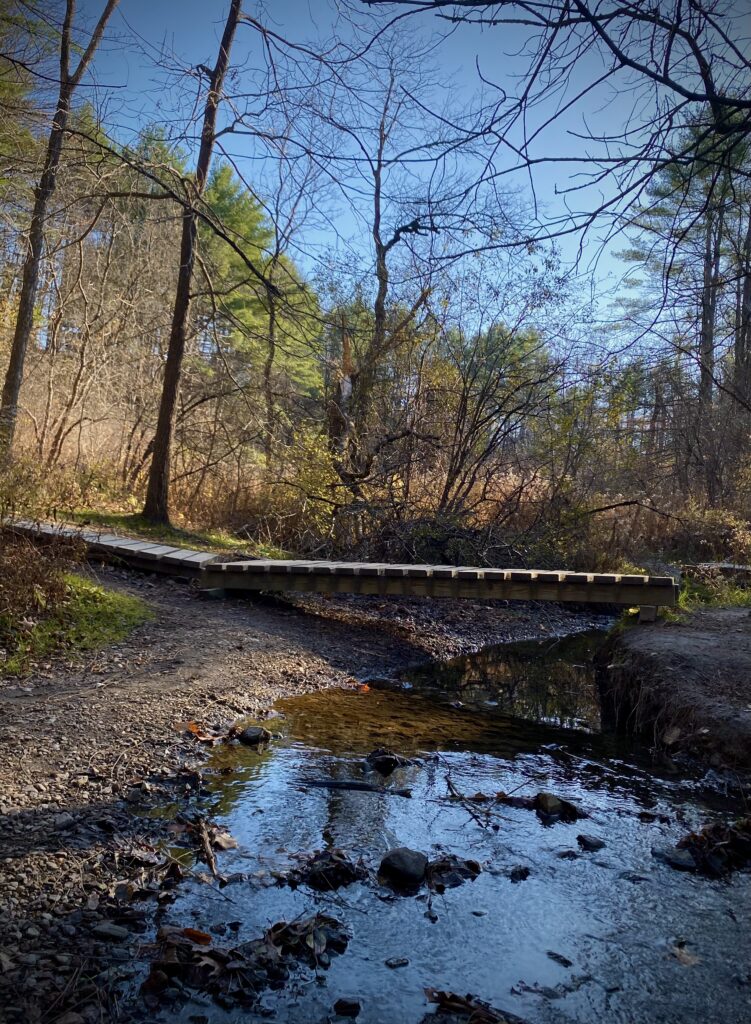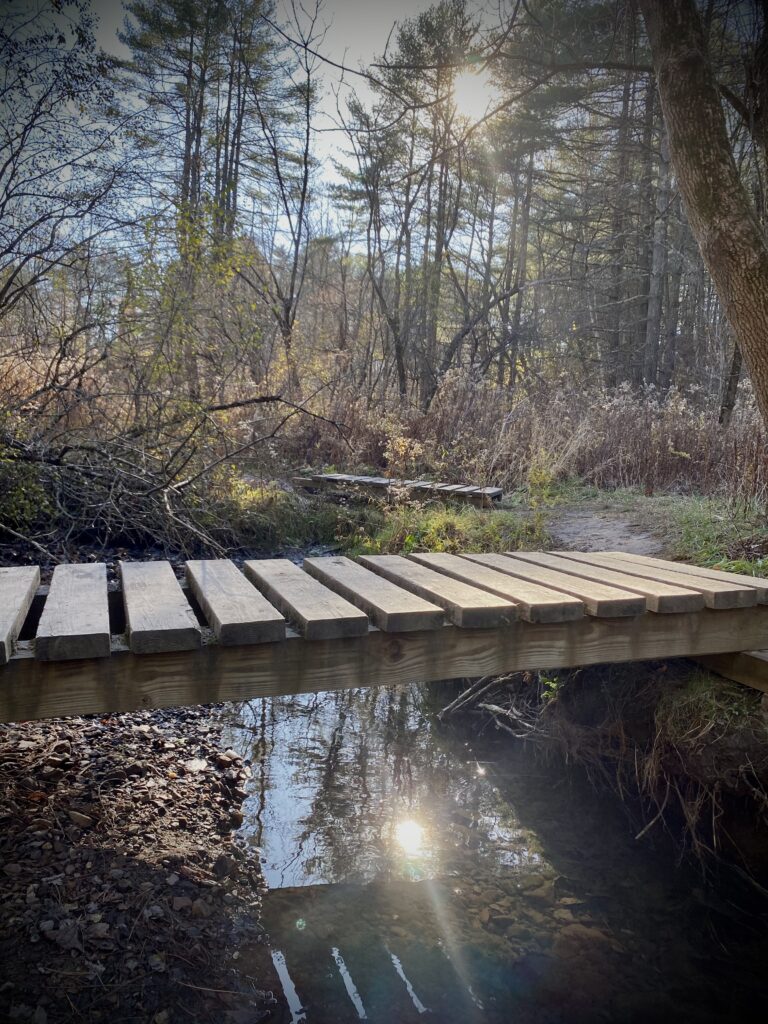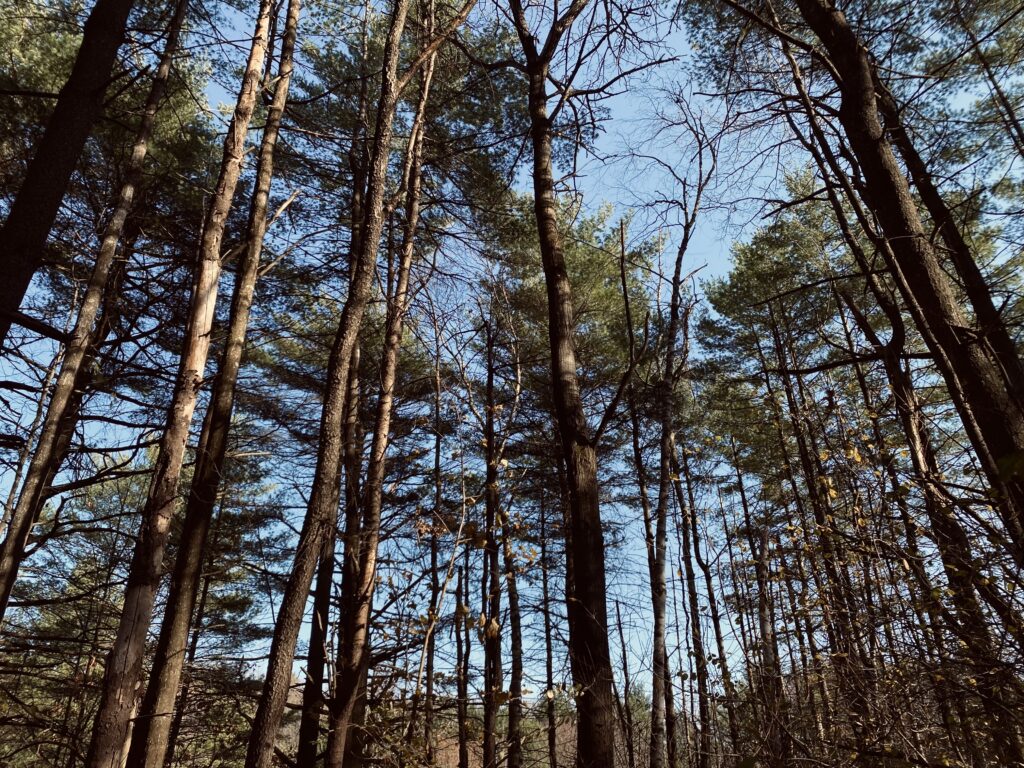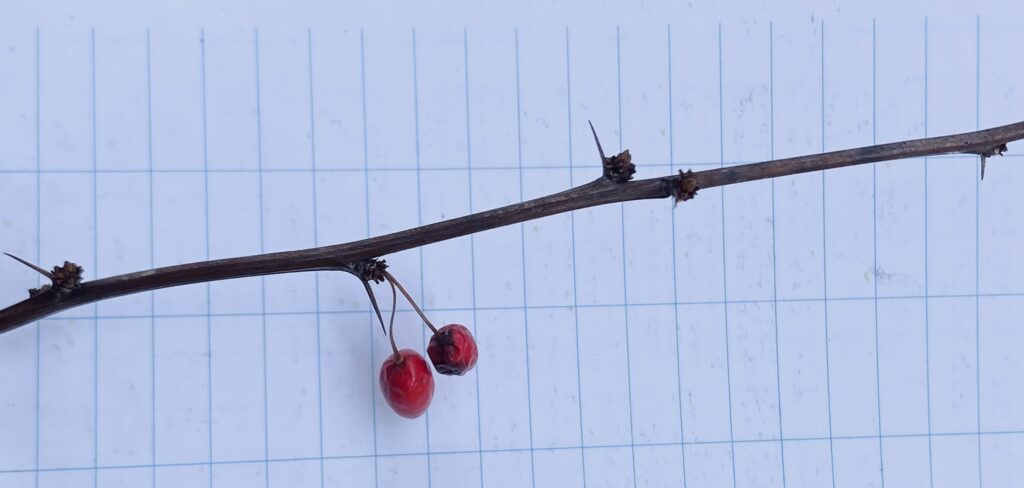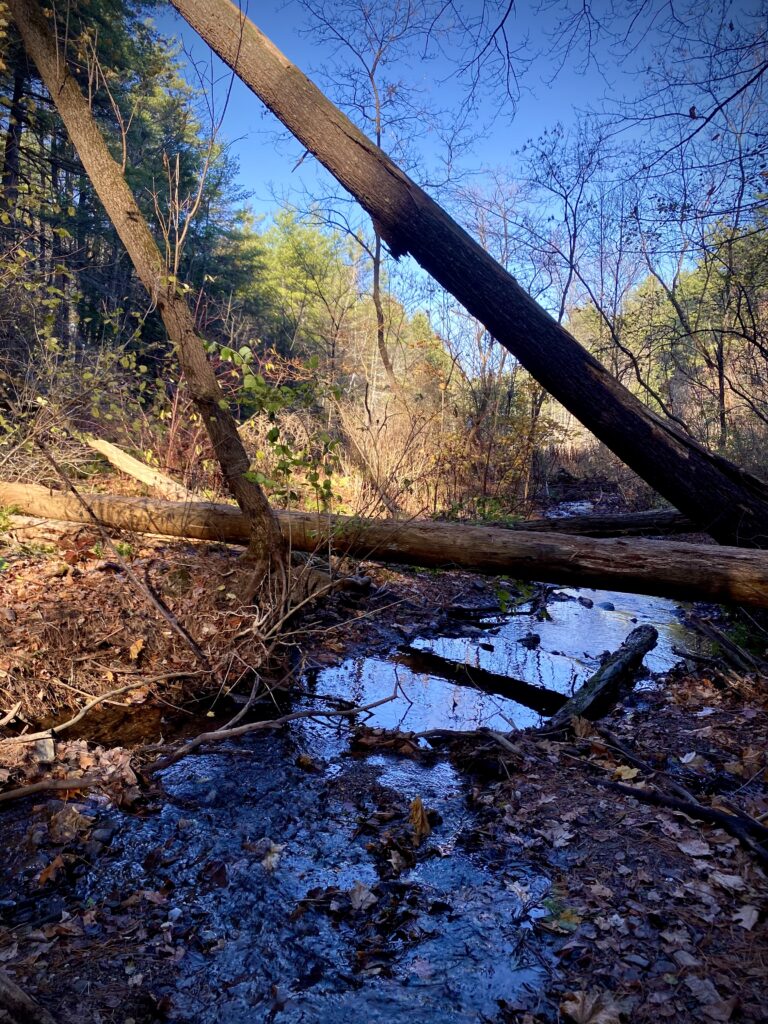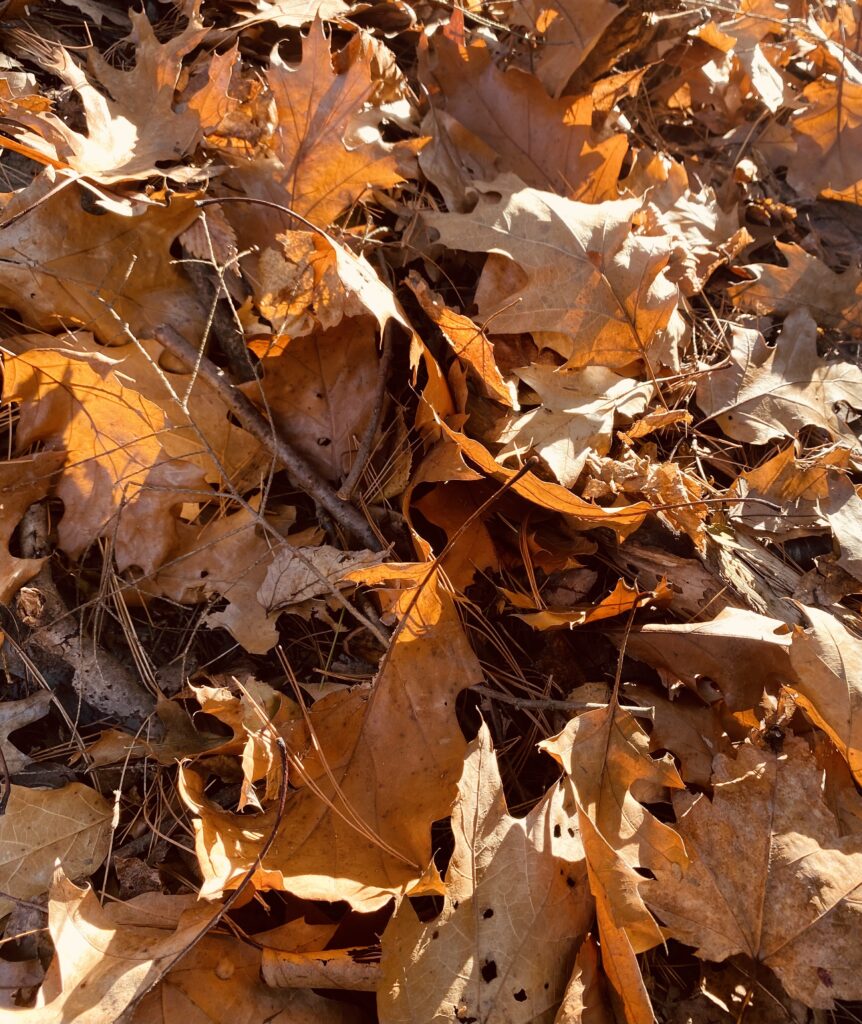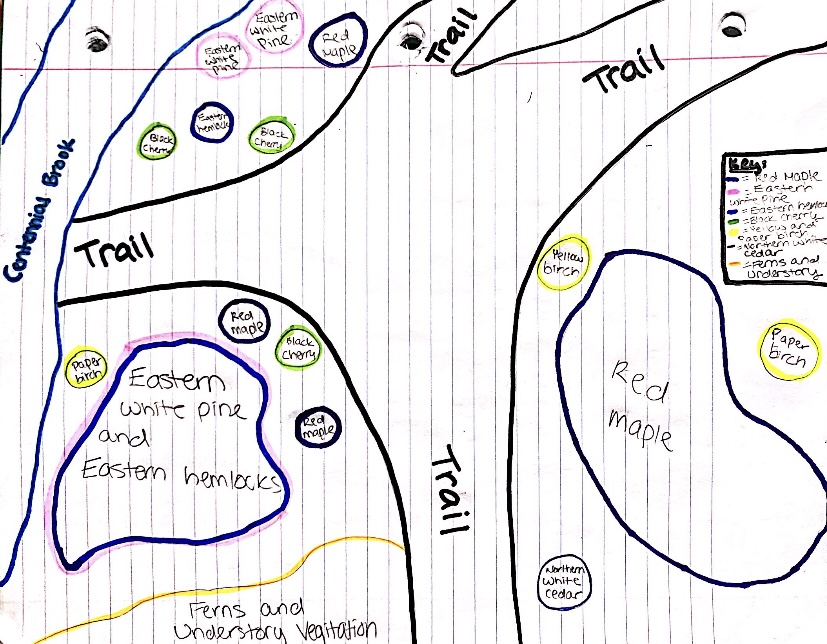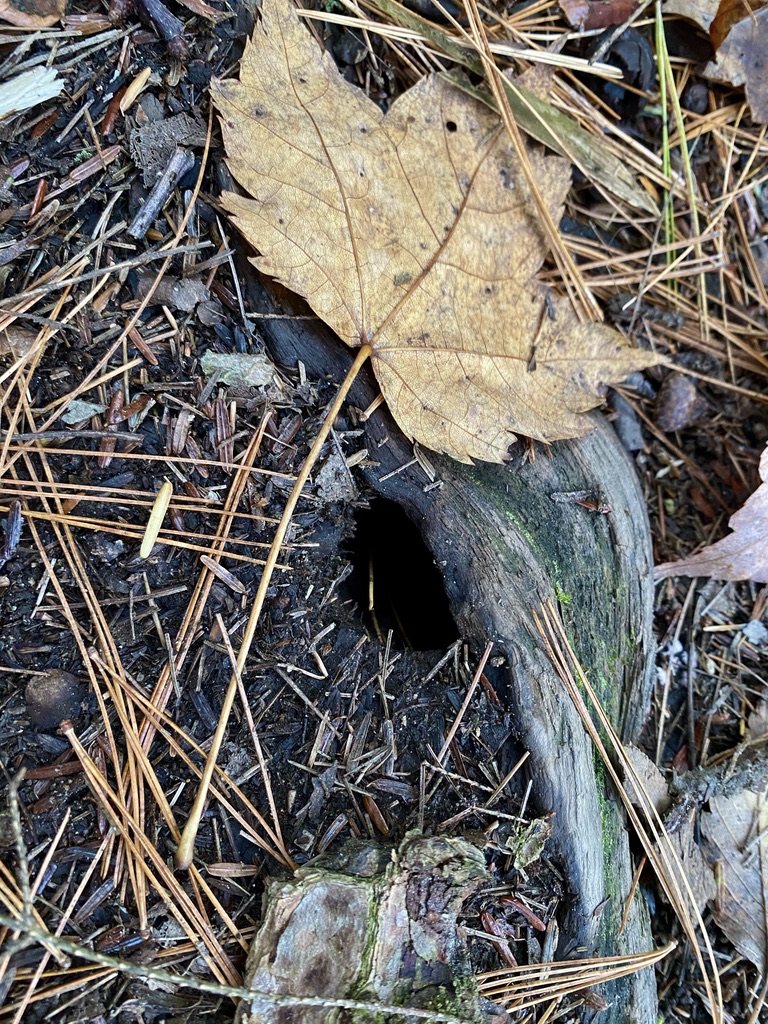Hello everyone! Welcome to Centennial Woods!
Centennial Woods is a beautiful natural space on campus at the University of Vermont. I’ve always enjoyed taking strolls in Three Falls Woods near my house because there are beautiful water features and many hiking trails. Centennial Woods reminds me of this, and that’s why I feel so drawn to it. I also believe it’s very important to have these natural spaces in urban areas, and I truly appreciate that UVM and the city decided to conserve Centennial Woods and its charm.
Centennial Woods is a short walk from Central Campus and is very easily accessible. You can walk along Carrigan Drive, cross the street to Catamount Drive and take a left turn when you see the sign marking Centennial Woods. There are various trails in the woods, but it’s quite simple to get to my site. All you have to do is walk along the path from the entrance to the woods, cross Centennial Brook, and go up a short hill until you see a slight clearing with multiple other trails converging at that spot.
Once you arrive, you’ll notice gorgeous, large deciduous trees and evergreens surrounding the intersection of the trails. Many of the trees there are mature and there is little presence of understory vegetation on top of the hill. The soil is tightly packed due to the high traffic in the area, so it’s more difficult for the smaller plants to grow. However, as the hill slopes down towards Centennial Brook, there is more of a clearing where the sun can shine through. Here, there are less mature trees and more understory plants. This growth in the understory can be due to the increased sunlight because there is a lack of mature trees in that area. It’s also slightly swampy, so the younger, smaller herbaceous plants are able to grow.
Some of the more common woody plants/trees in the area are…
Trees in the overstory: Red maple, Yellow birch, Paper birch, Northern white cedar, Black cherry, Eastern hemlock, Northern white pine, American beech, and Sugar maple.
Other plants in the understory: Ferns, Barberry, and some other unidentified herbaceous plants.
I’ve really enjoyed exploring my site and hope you will too!
